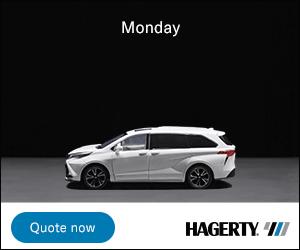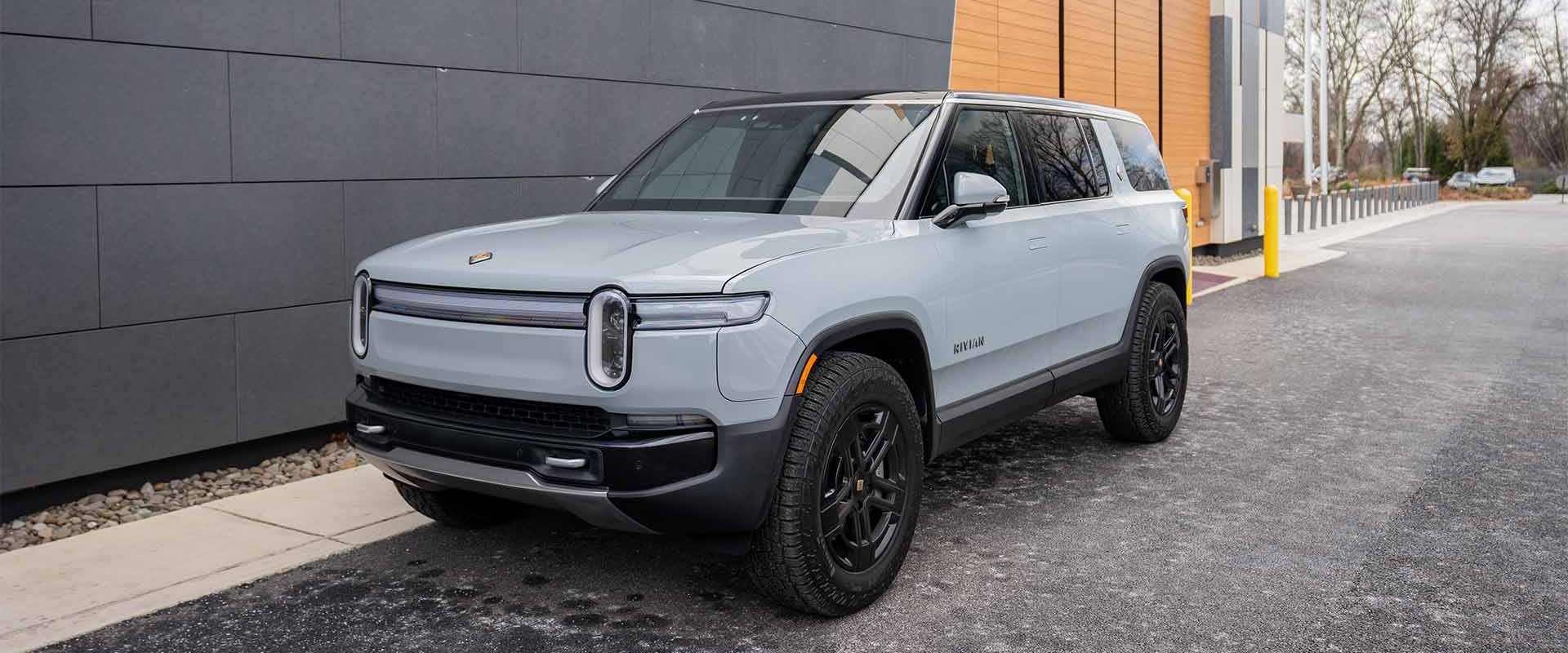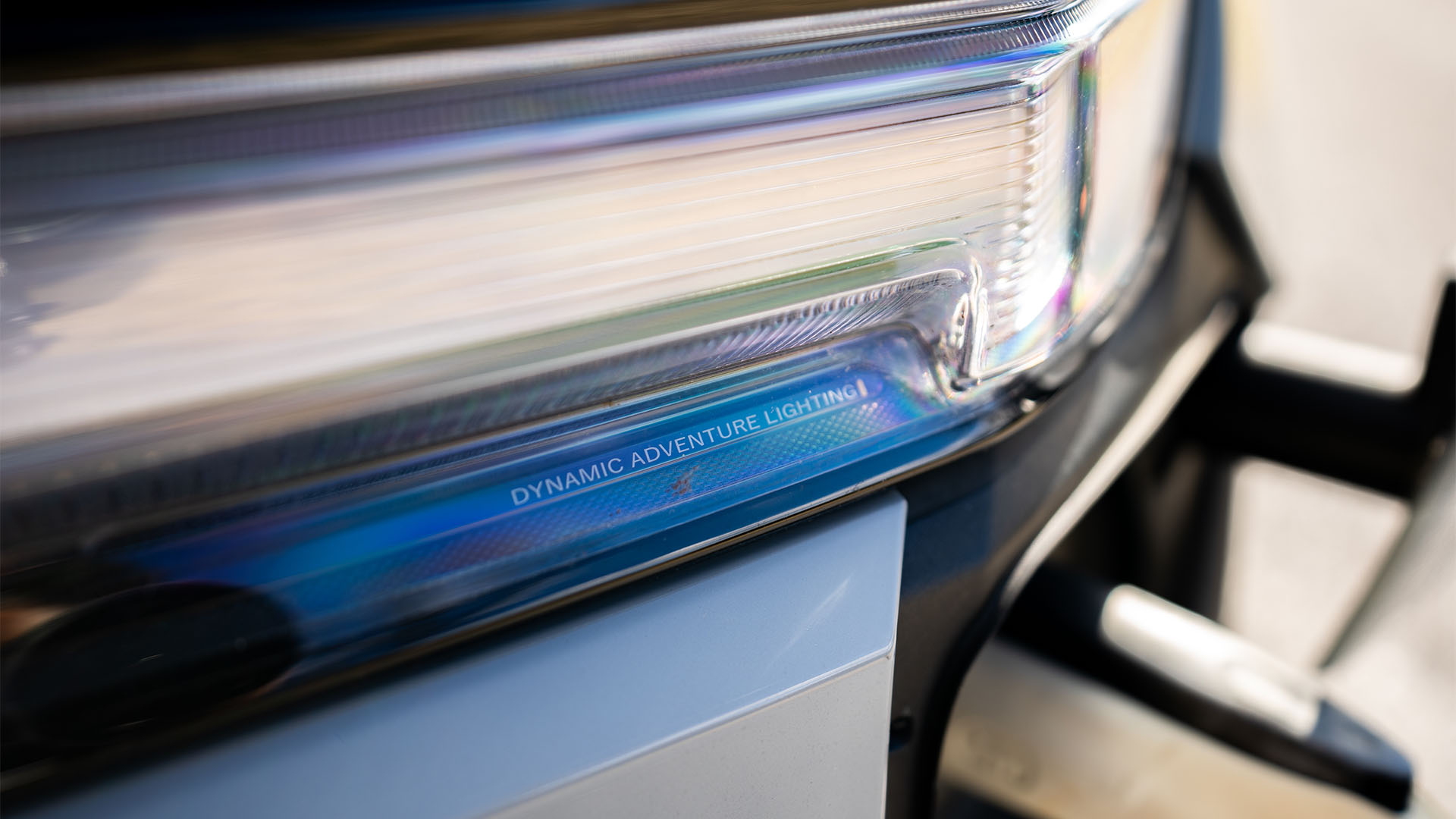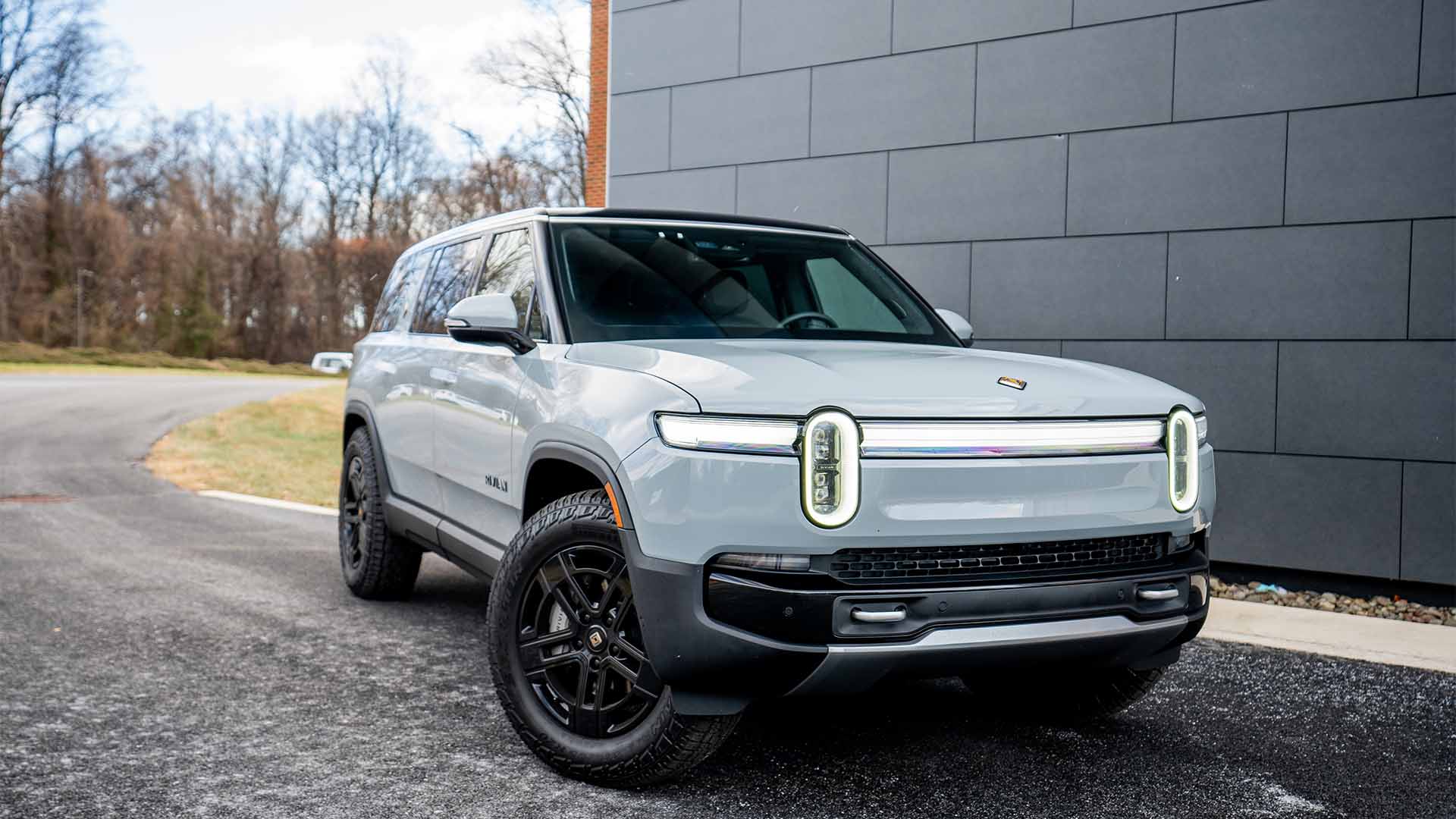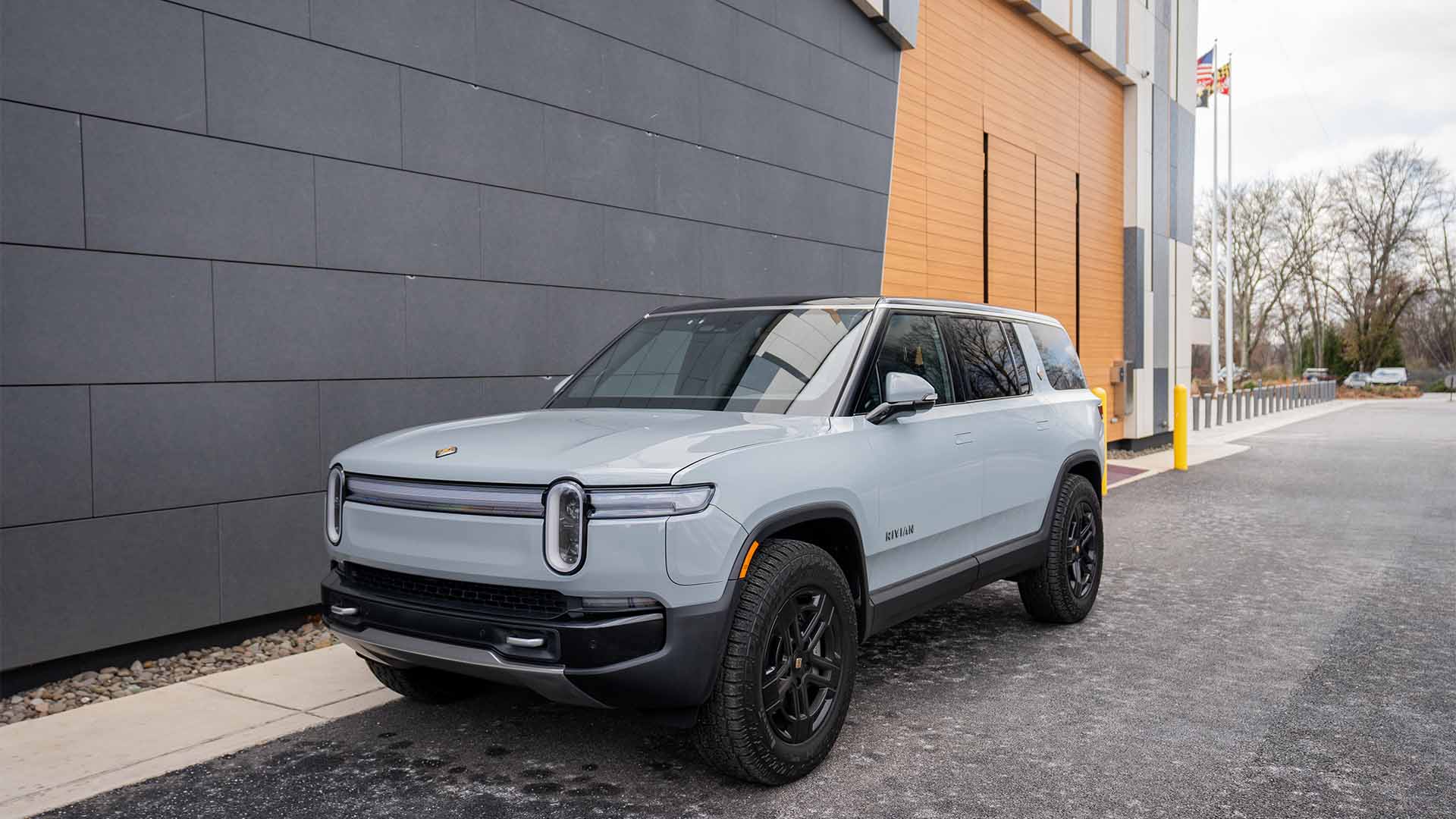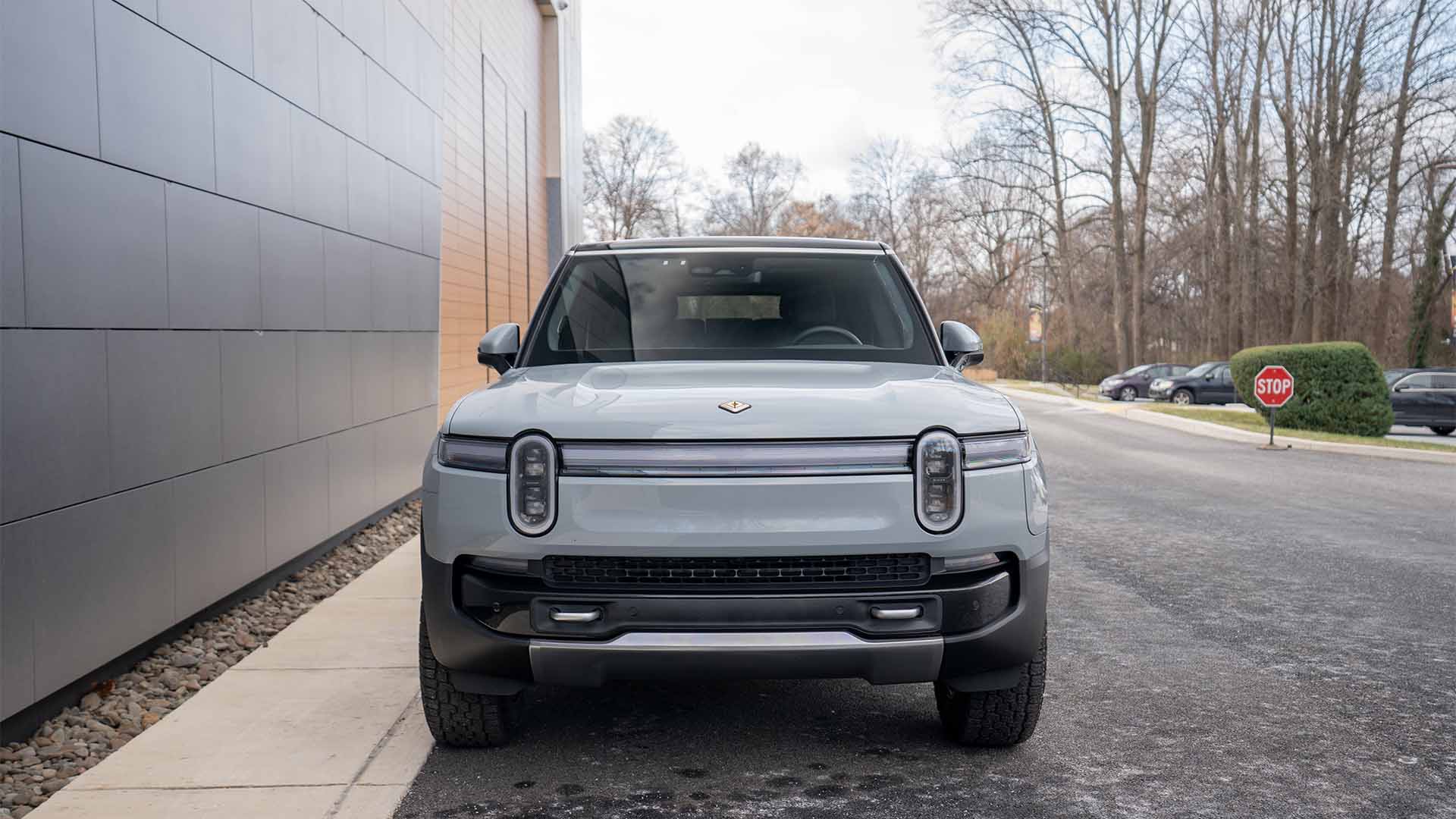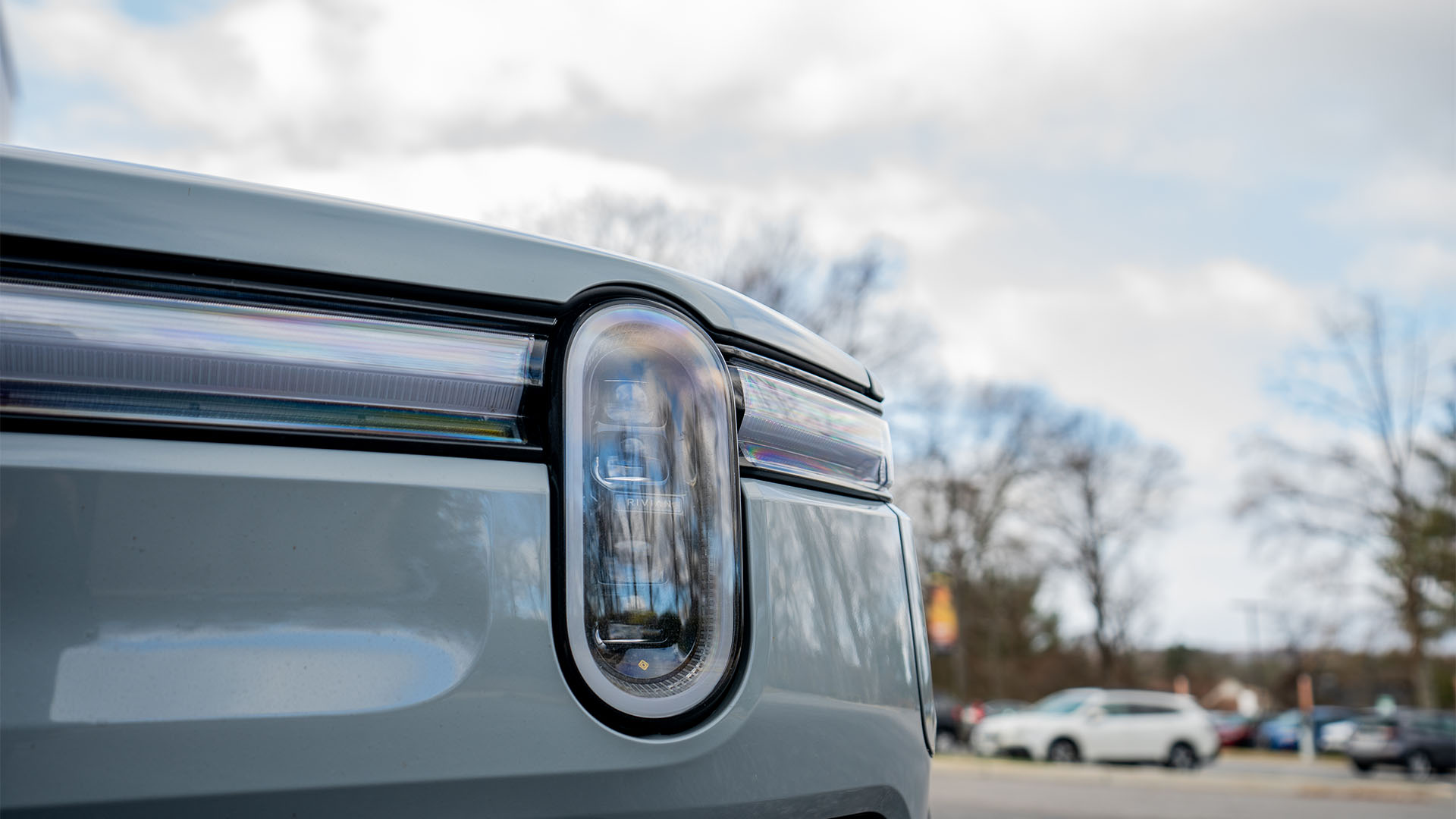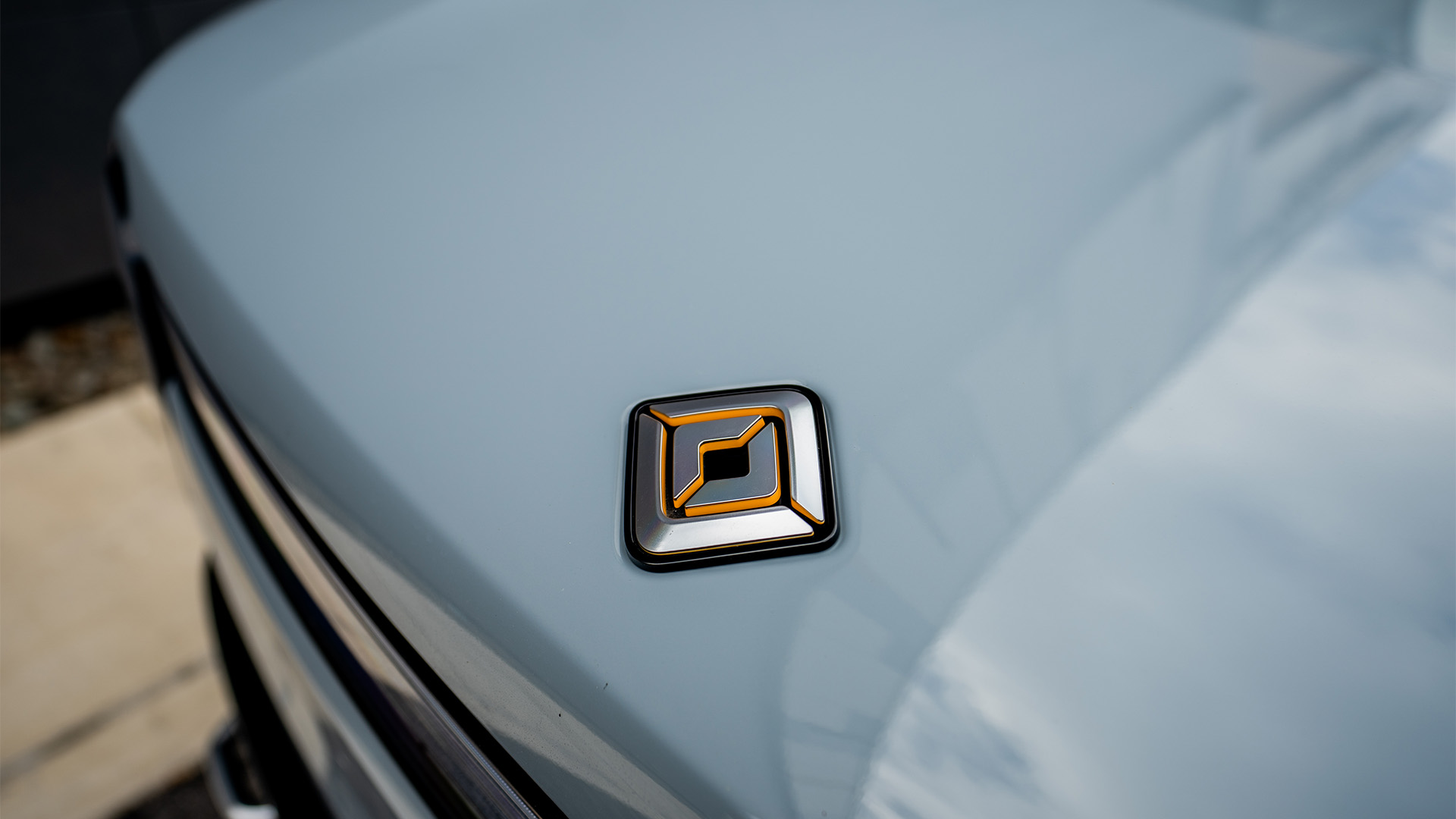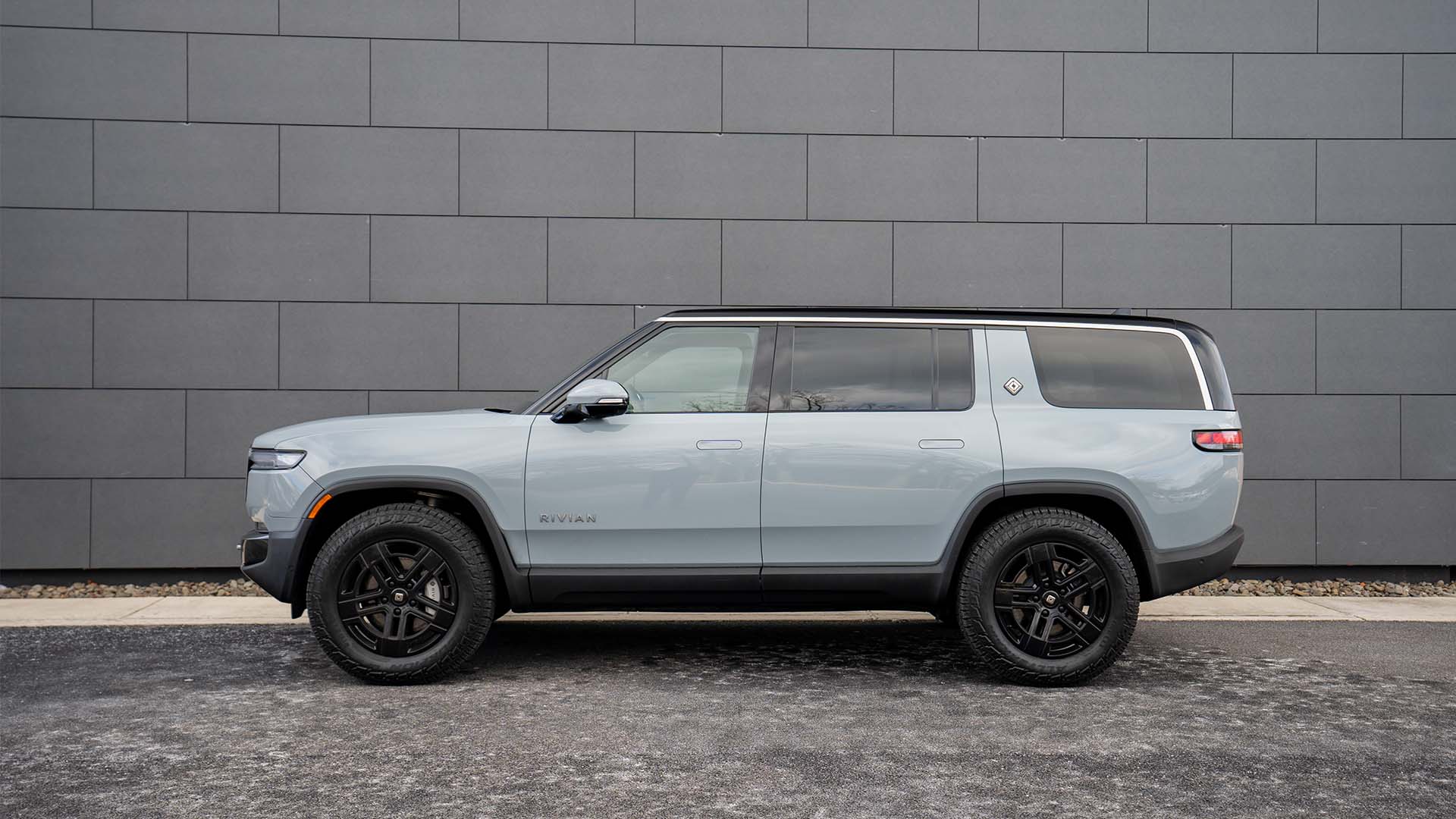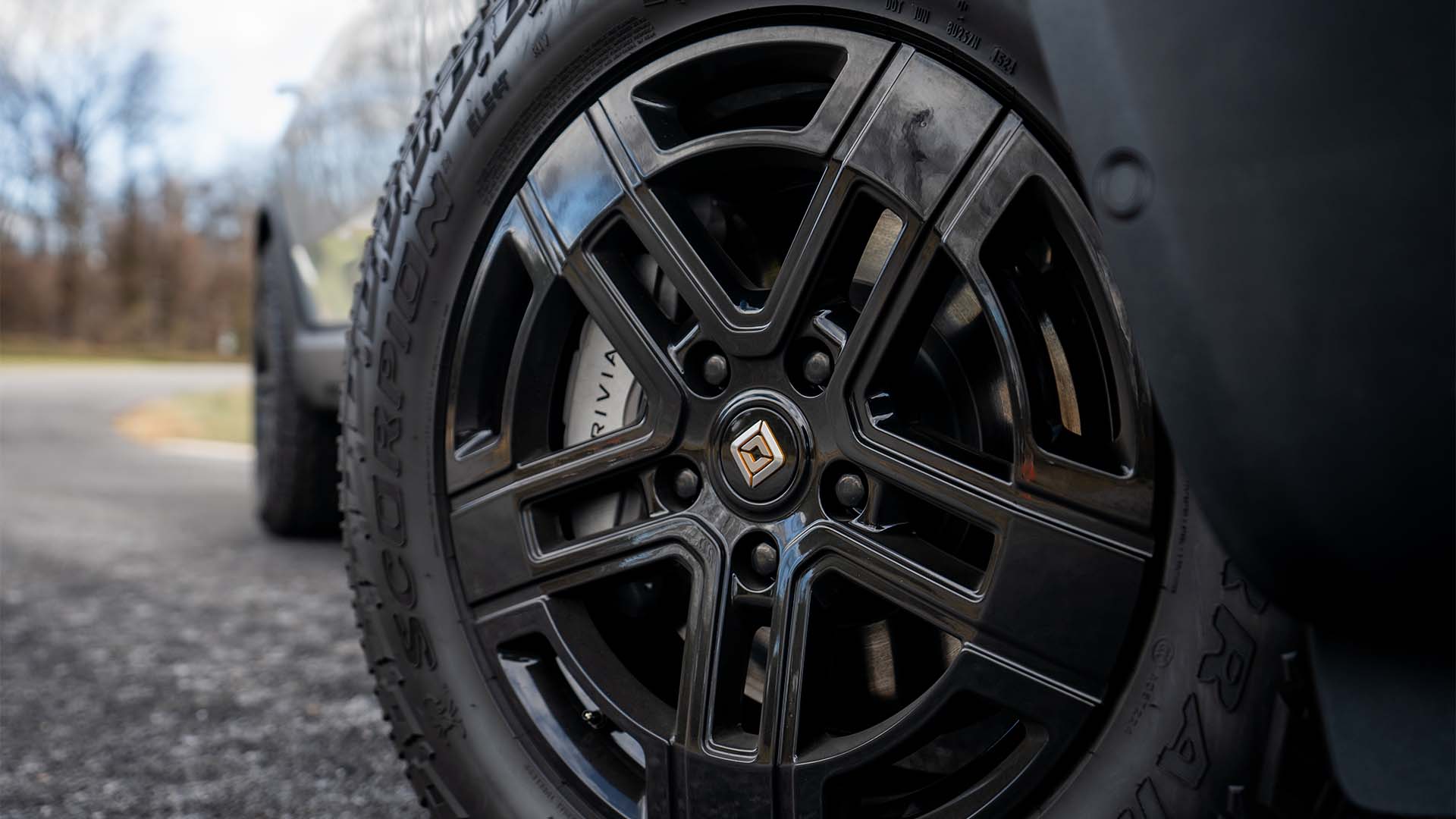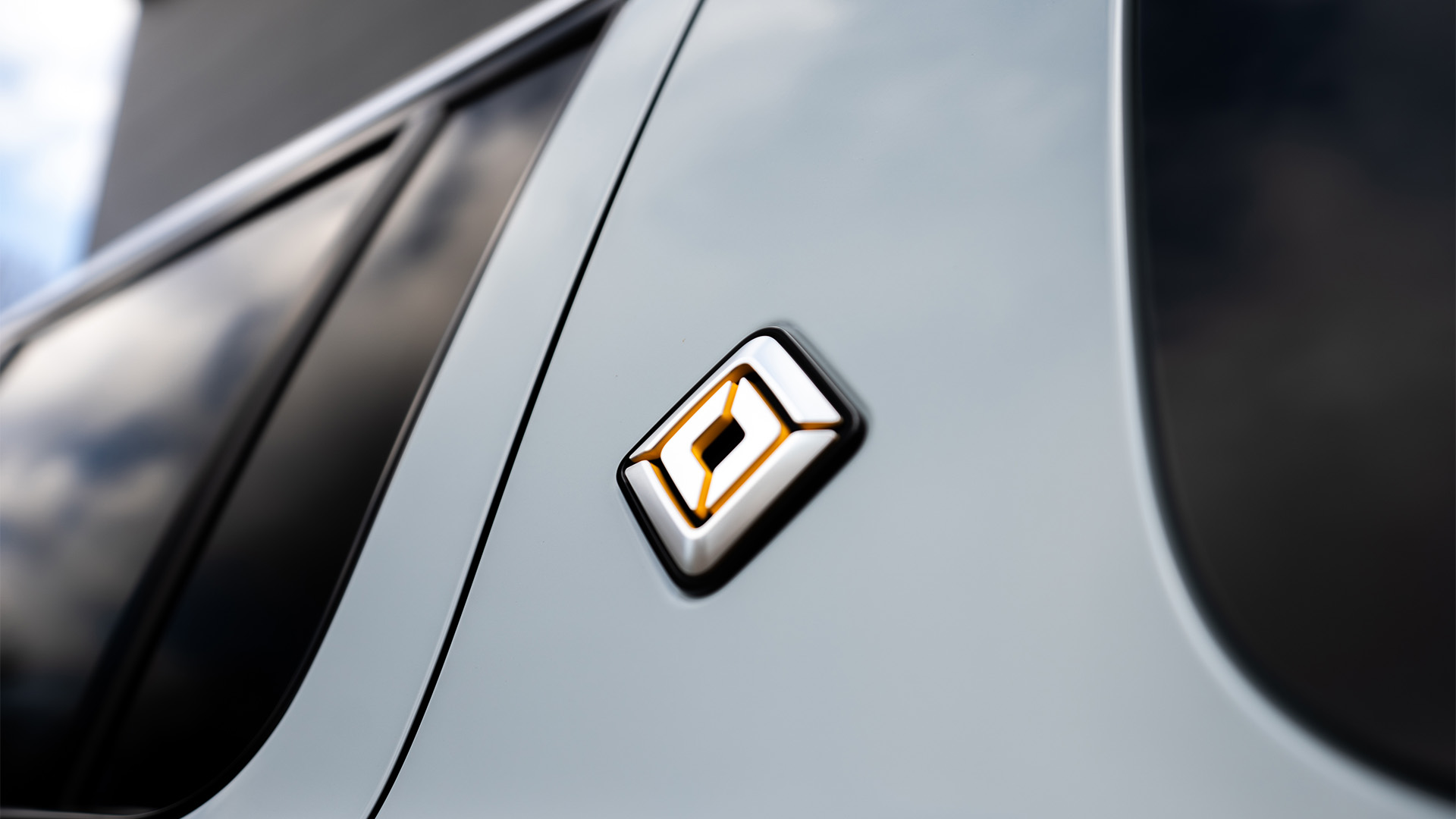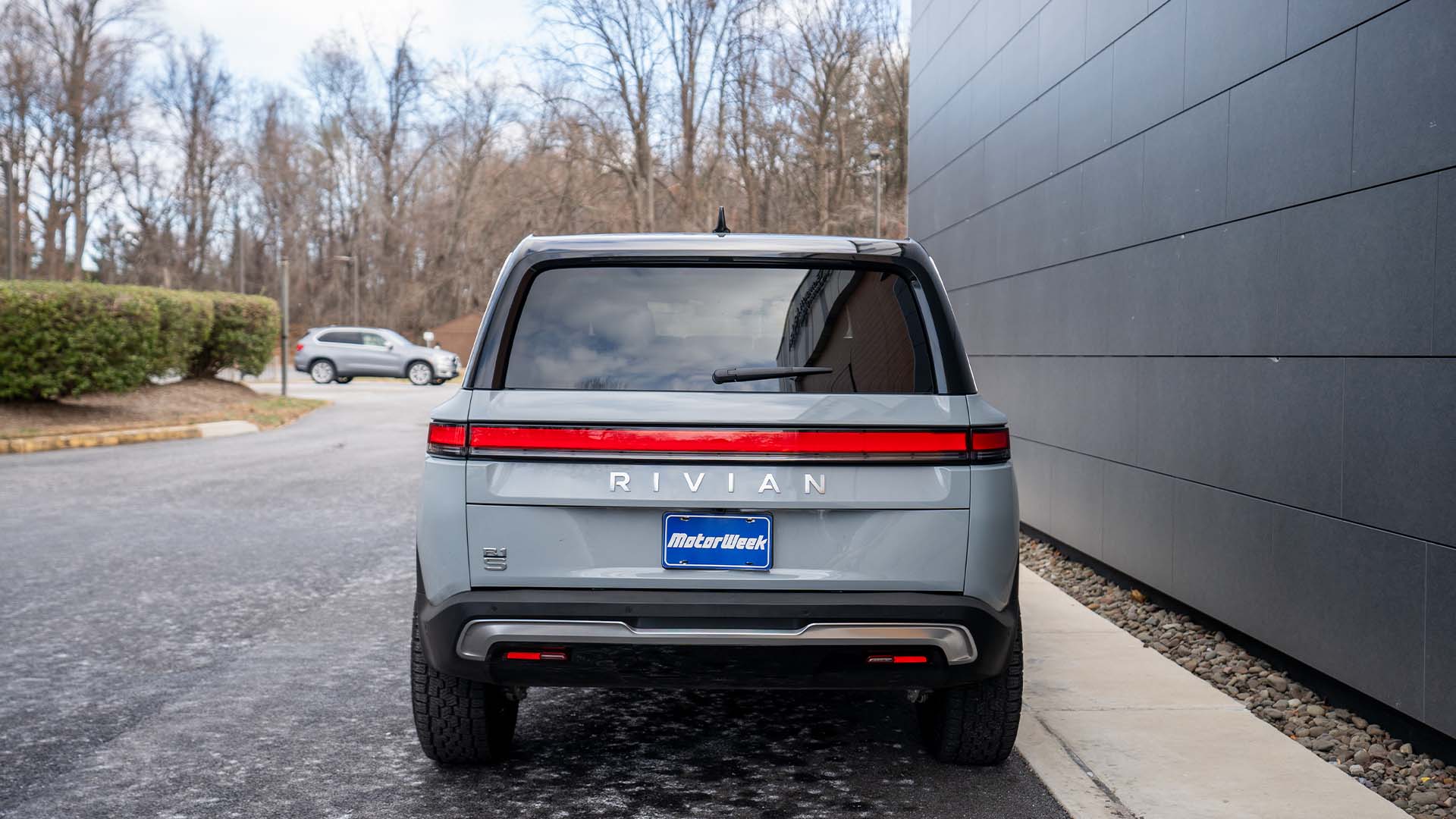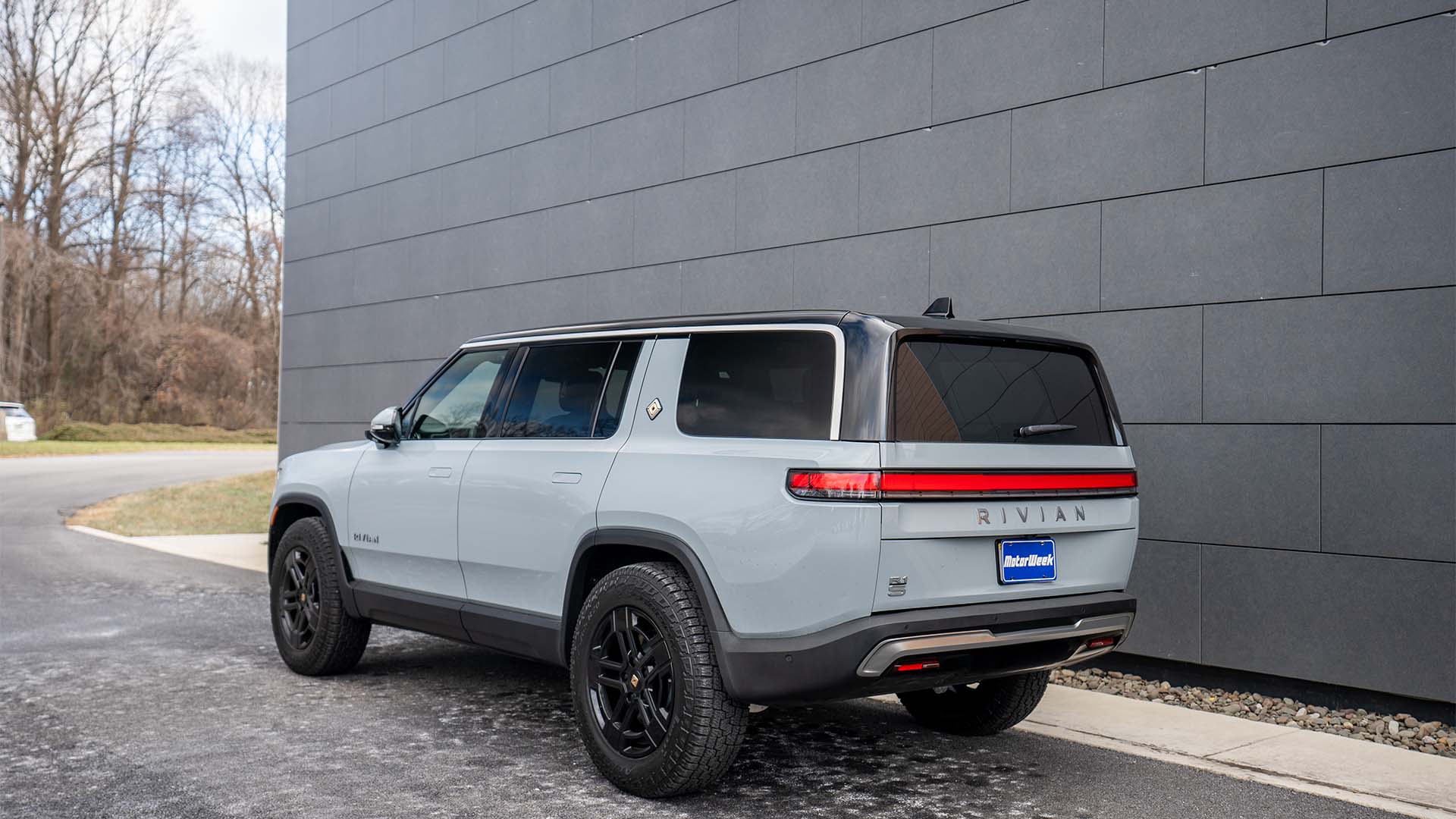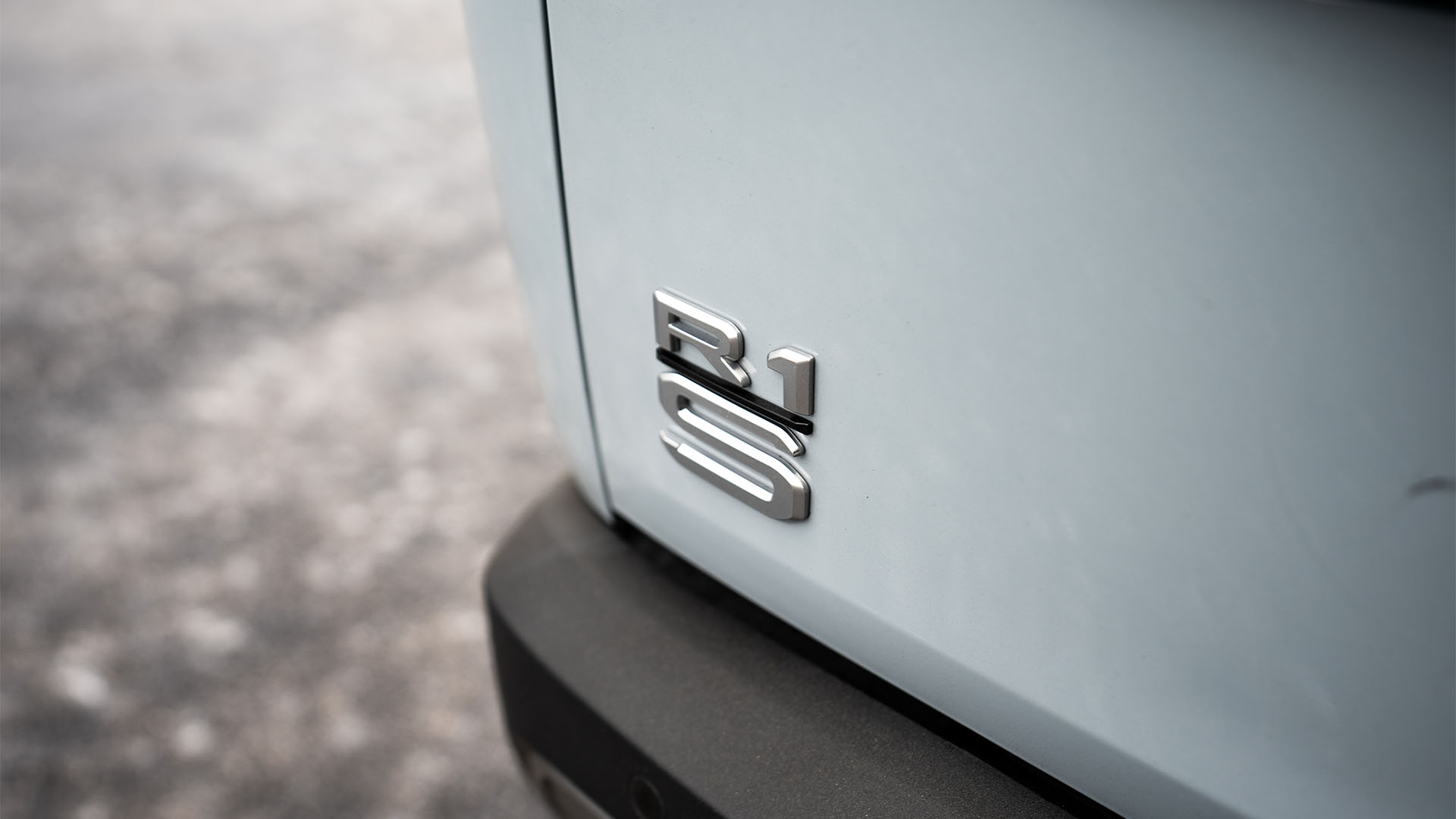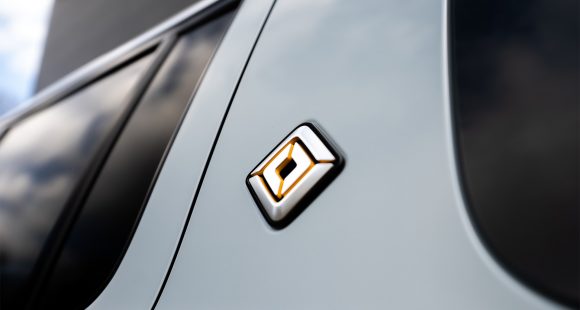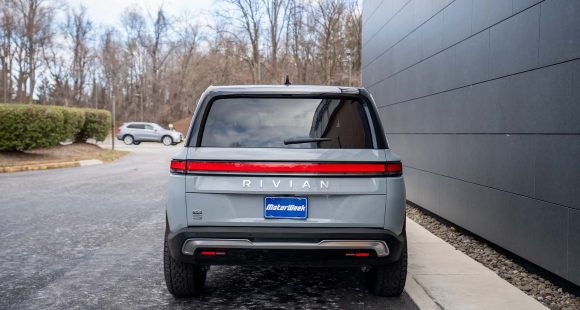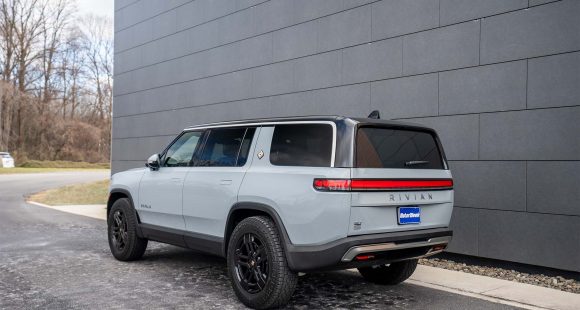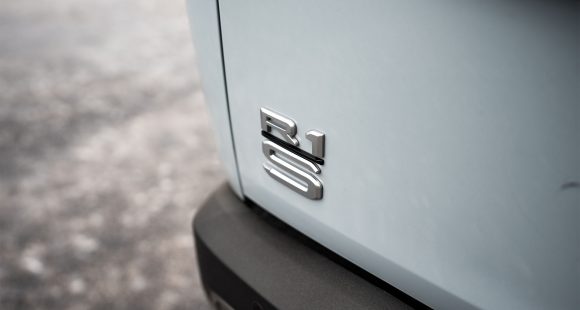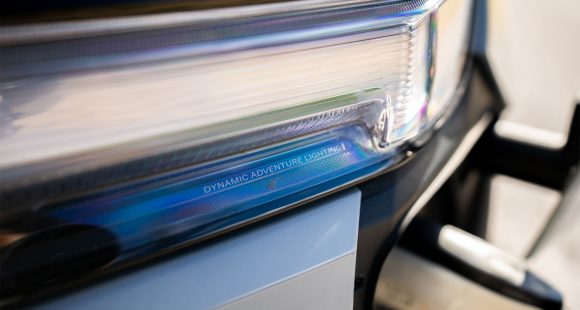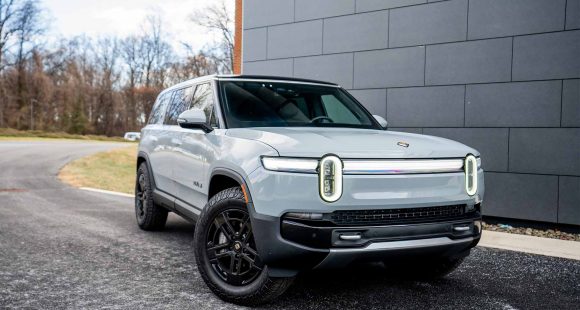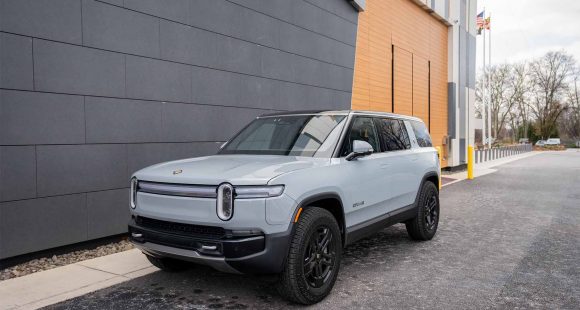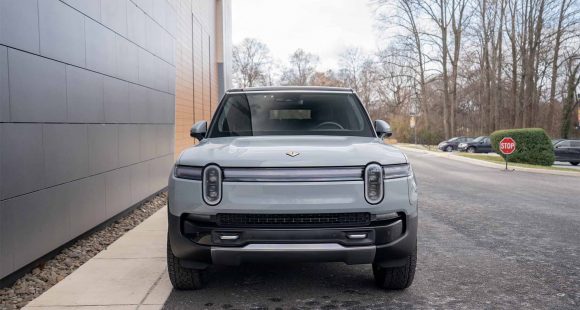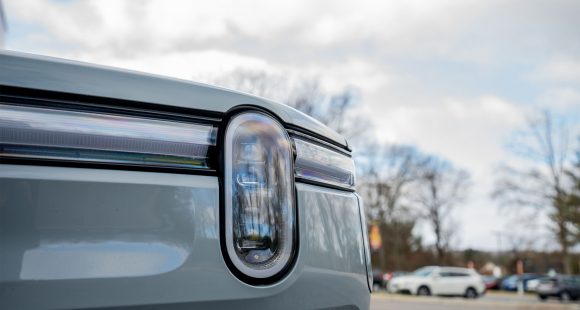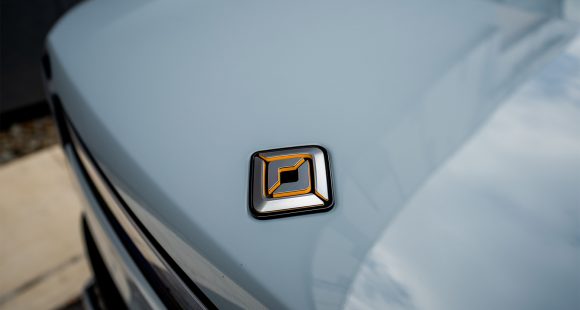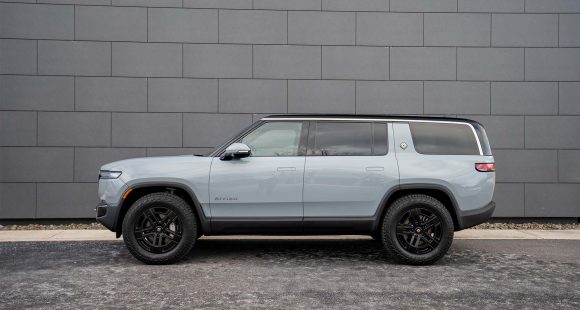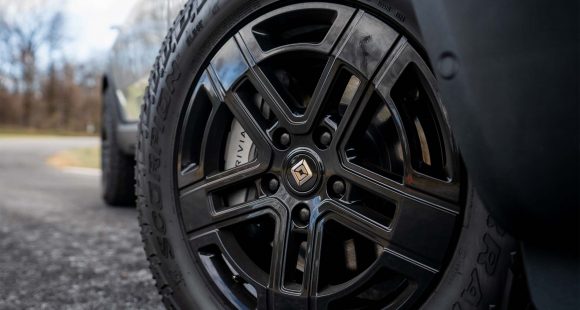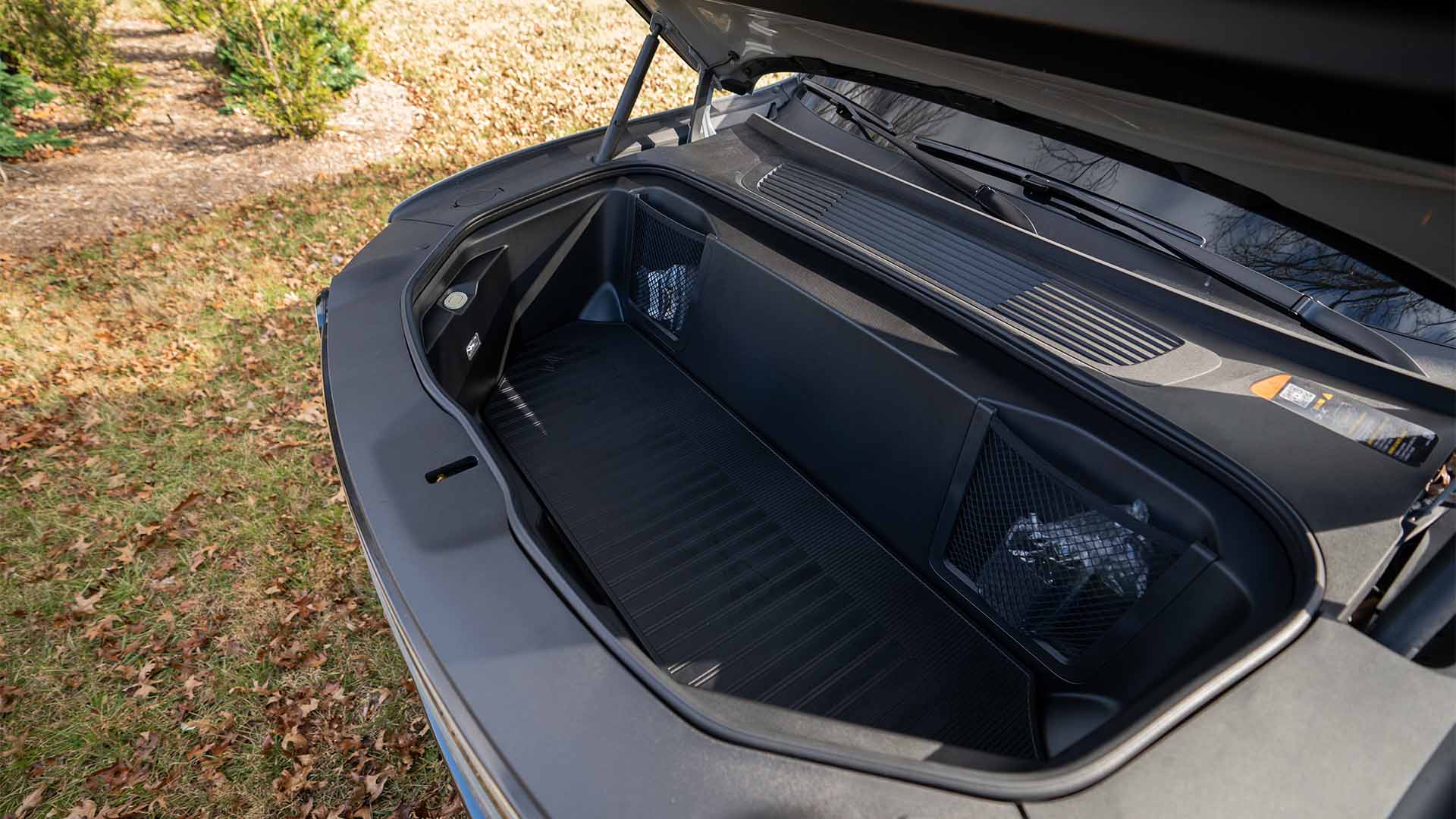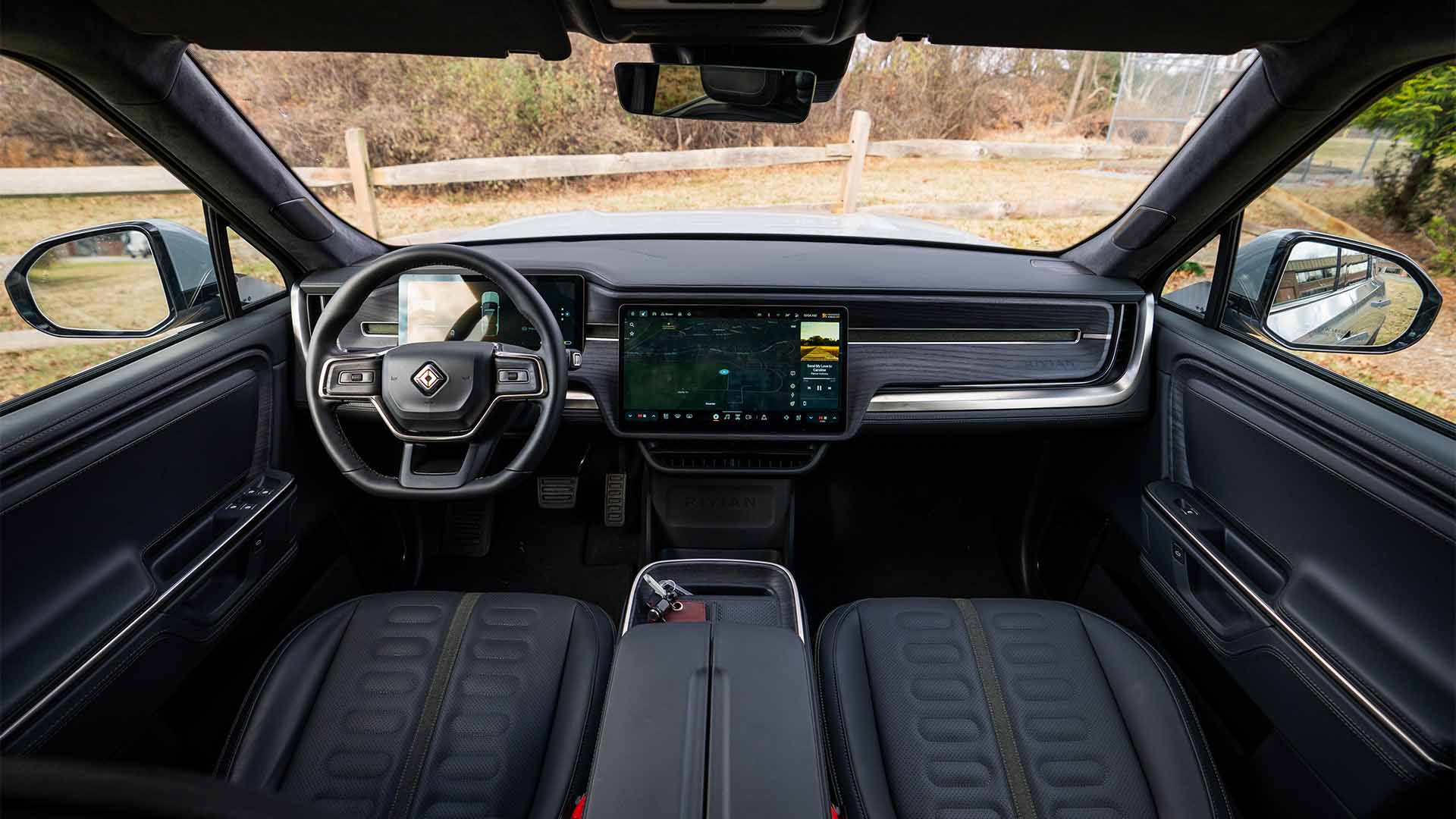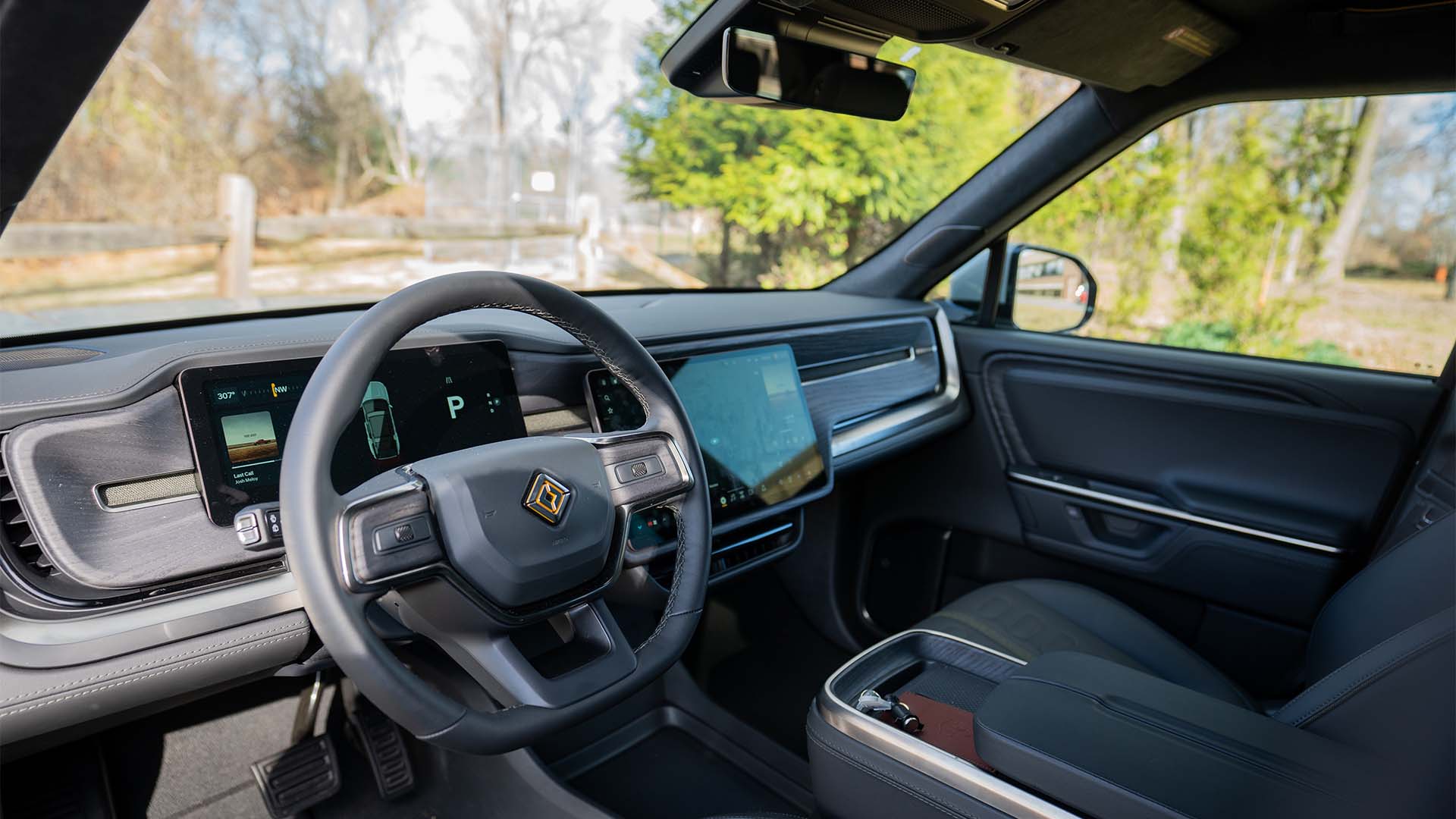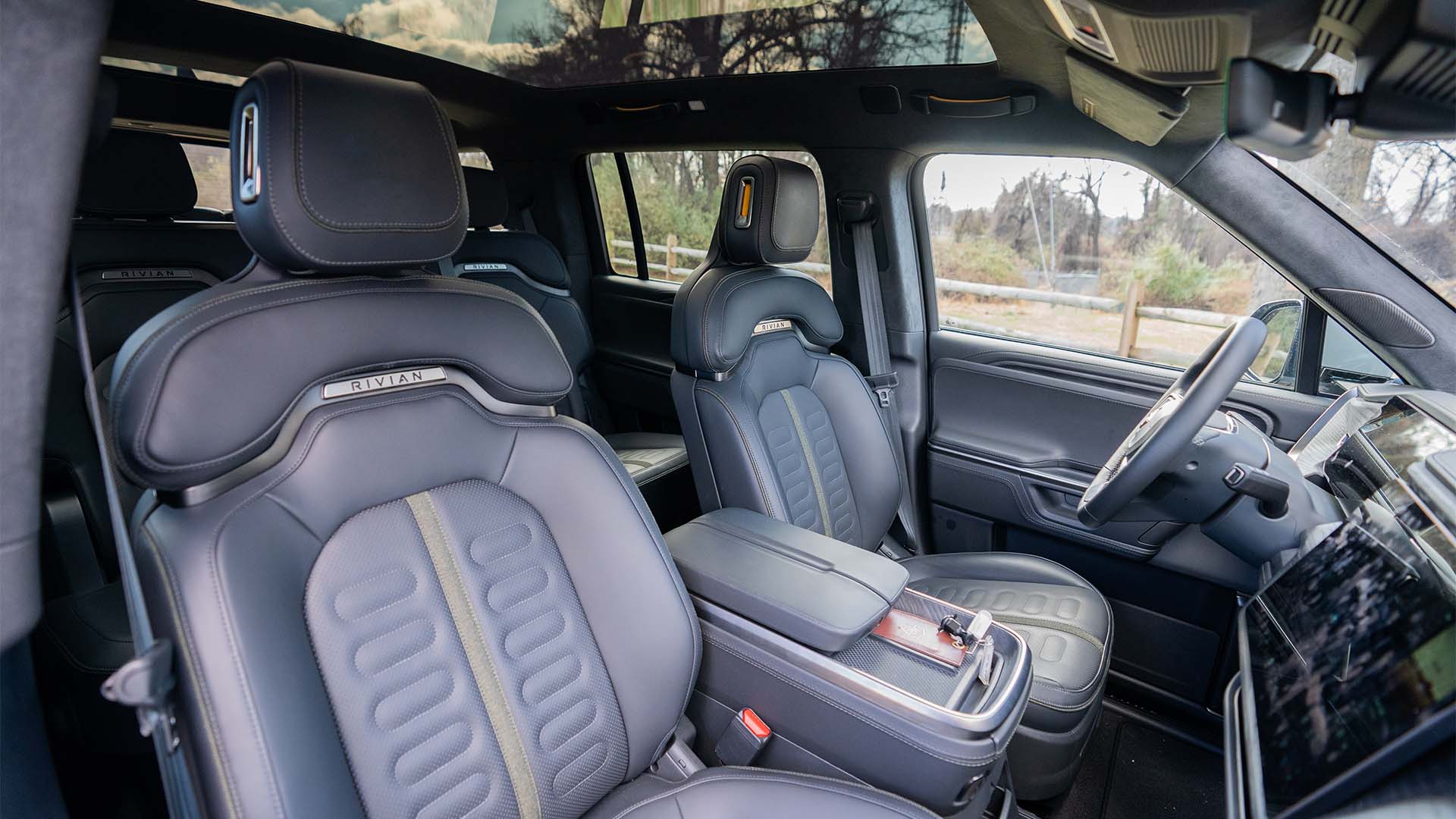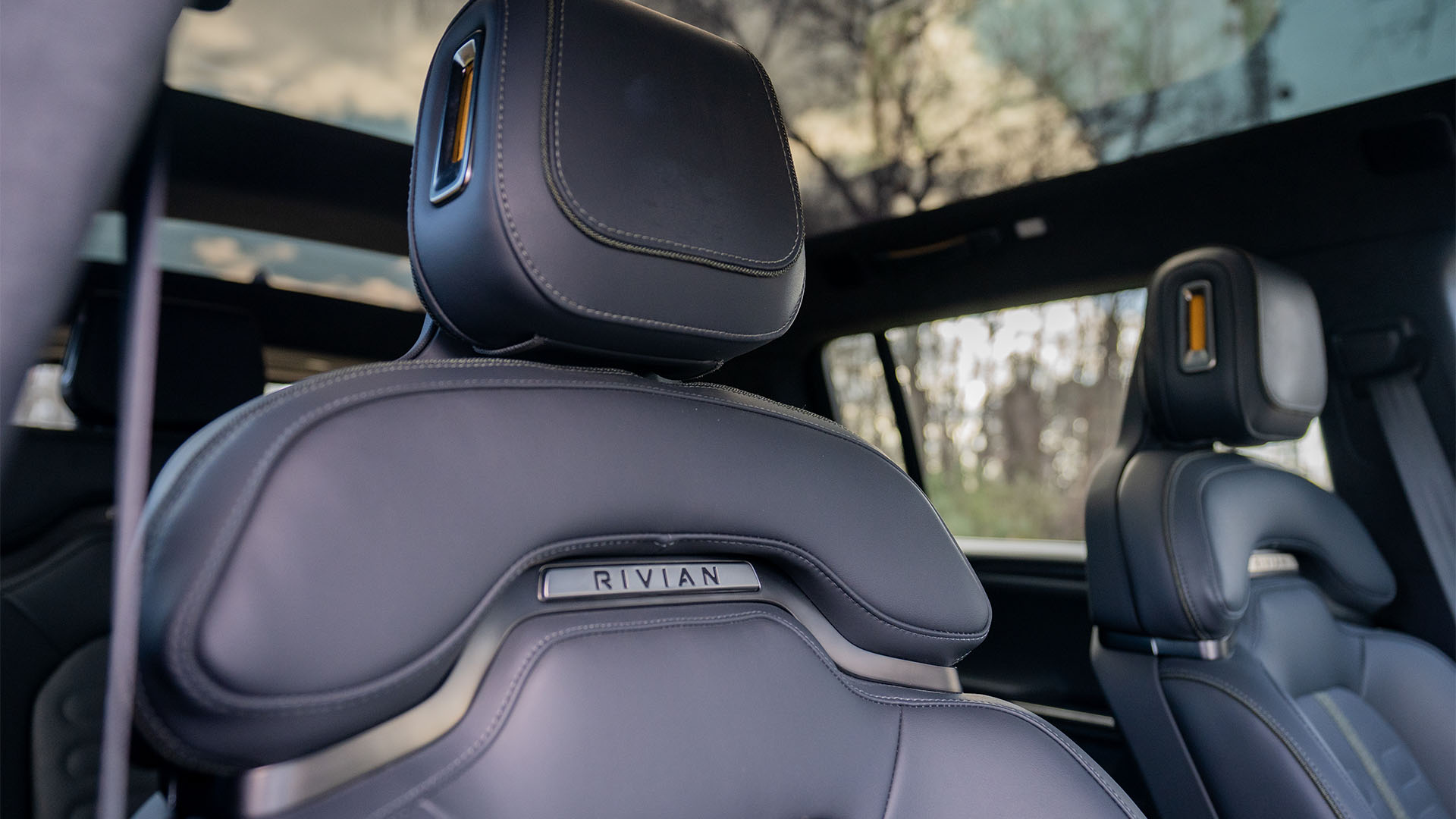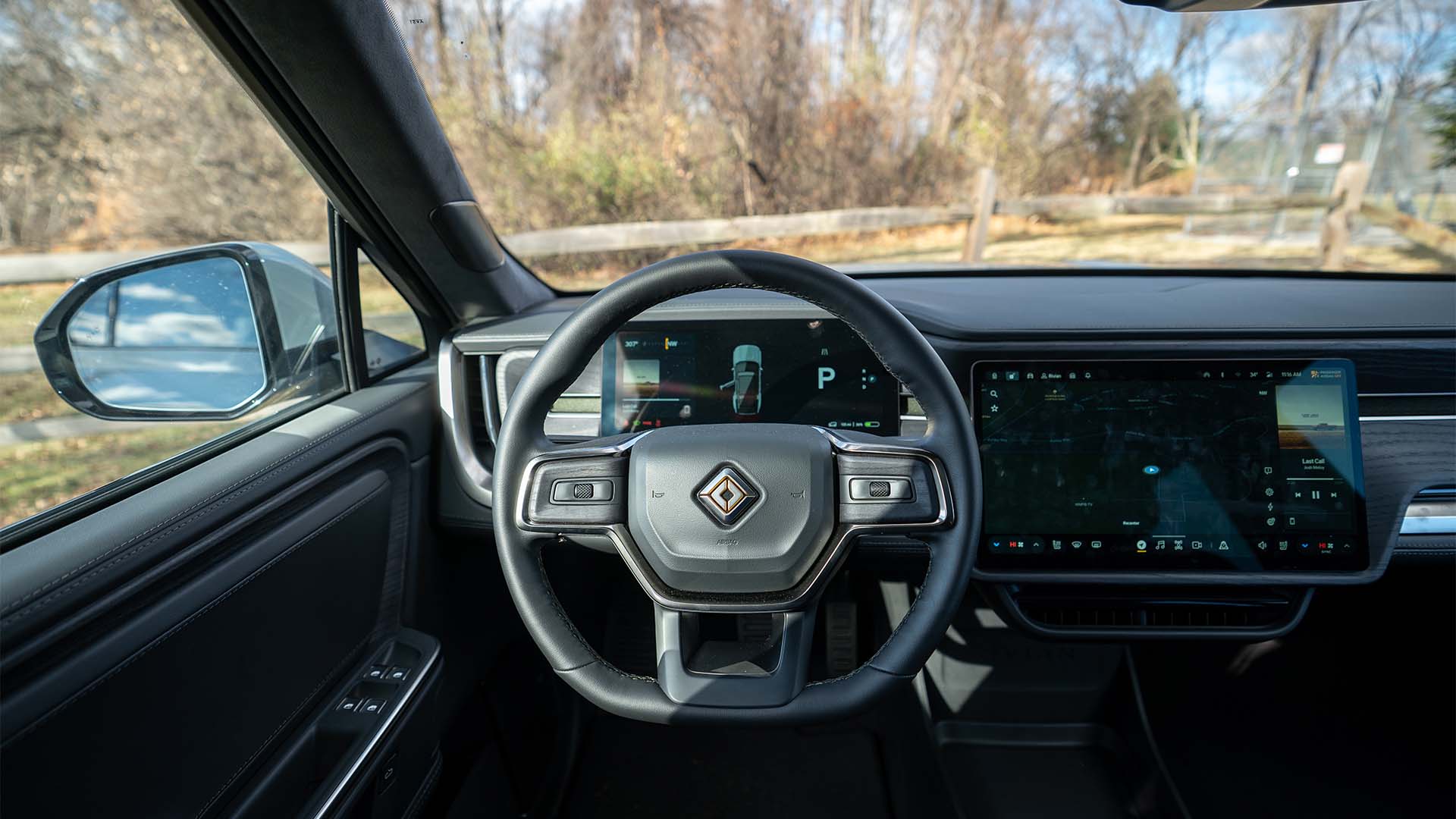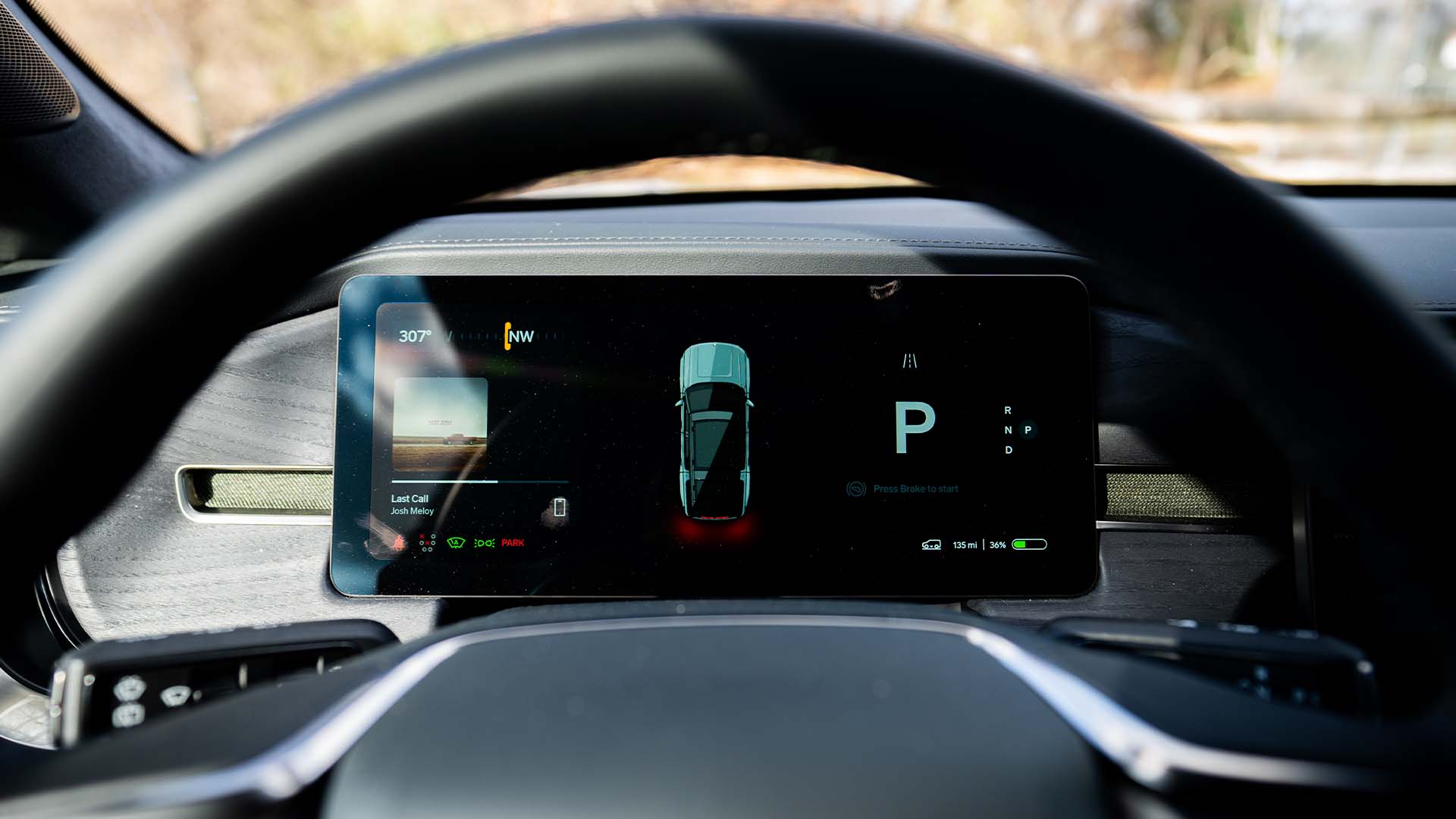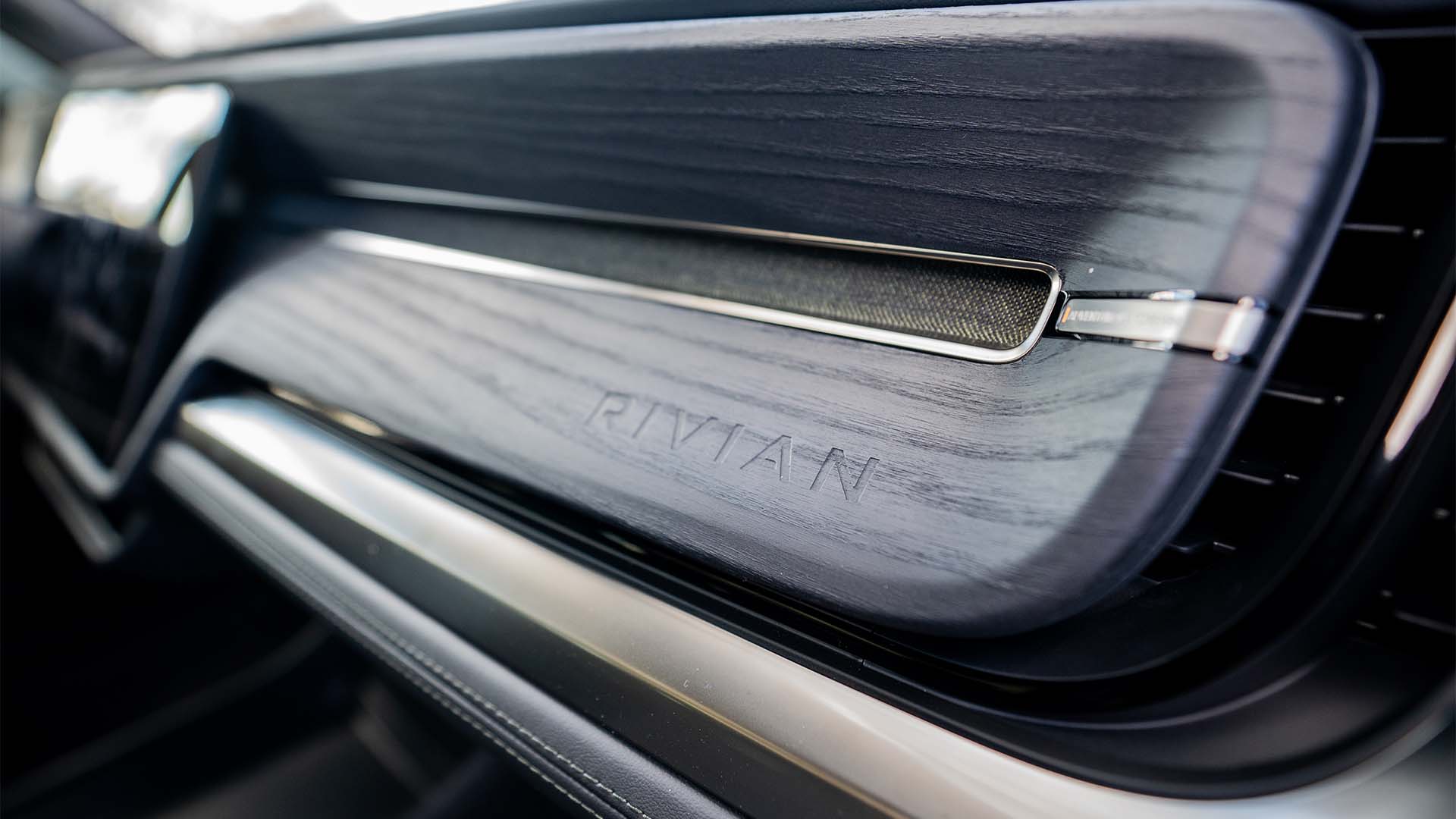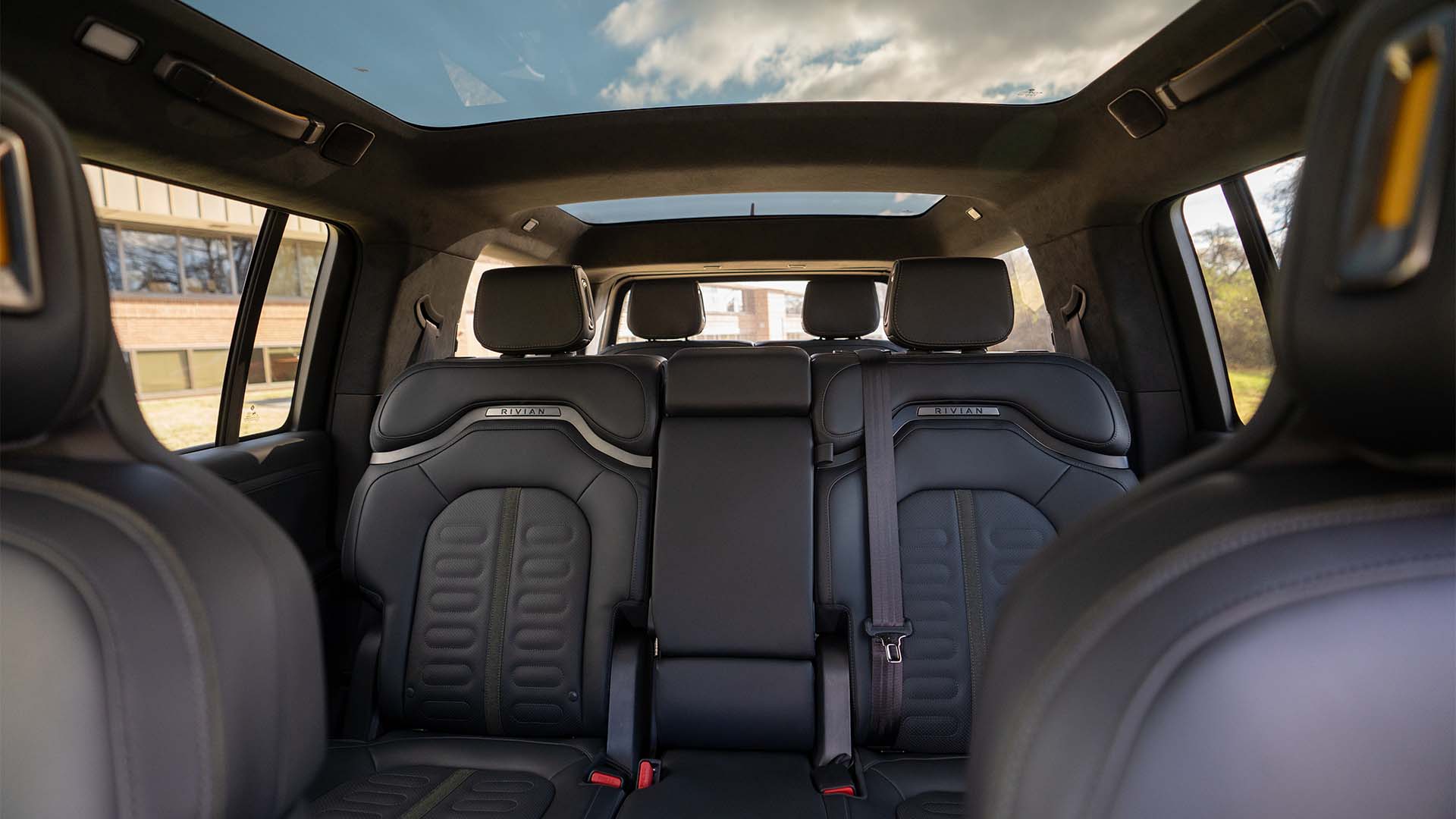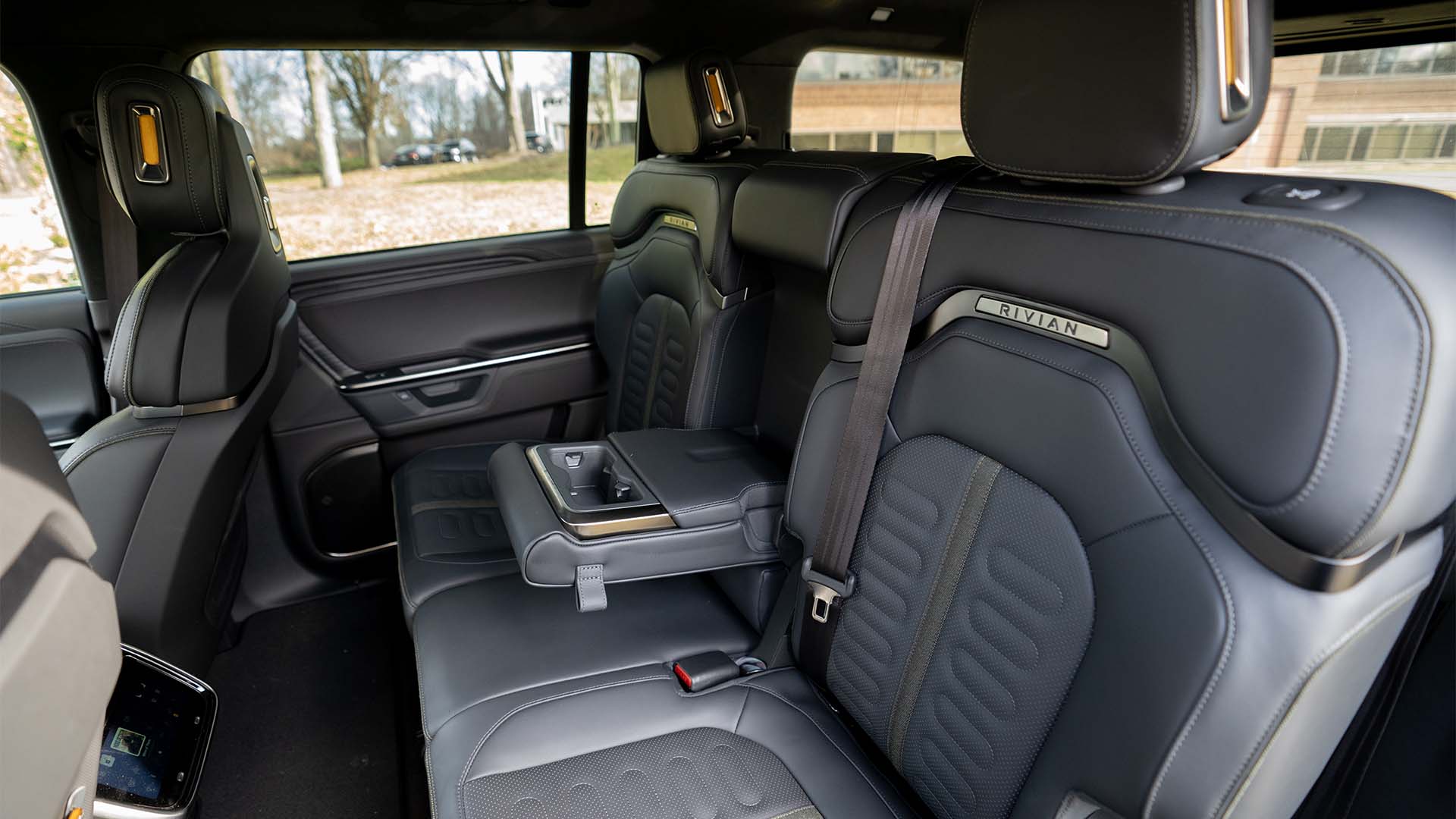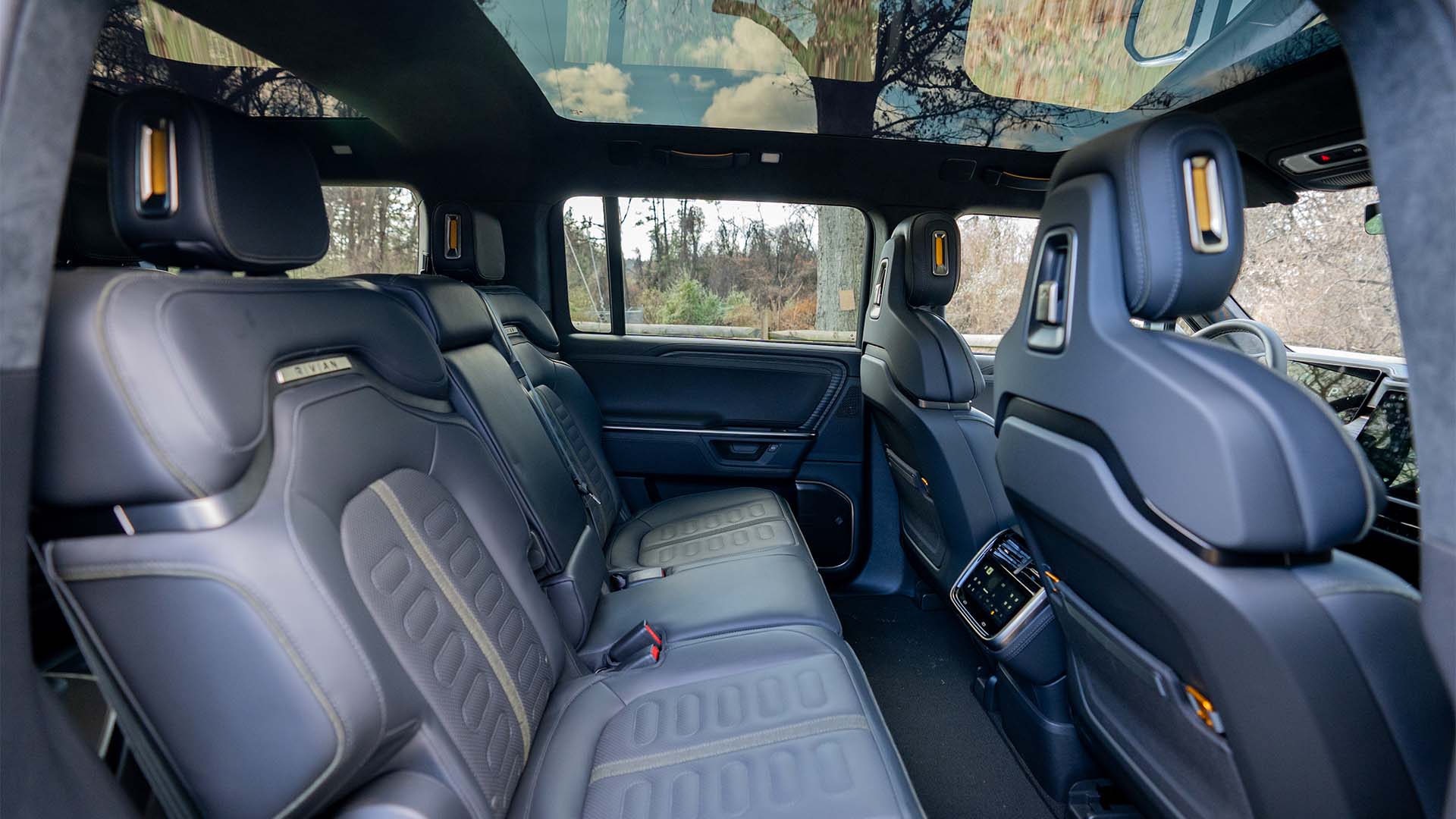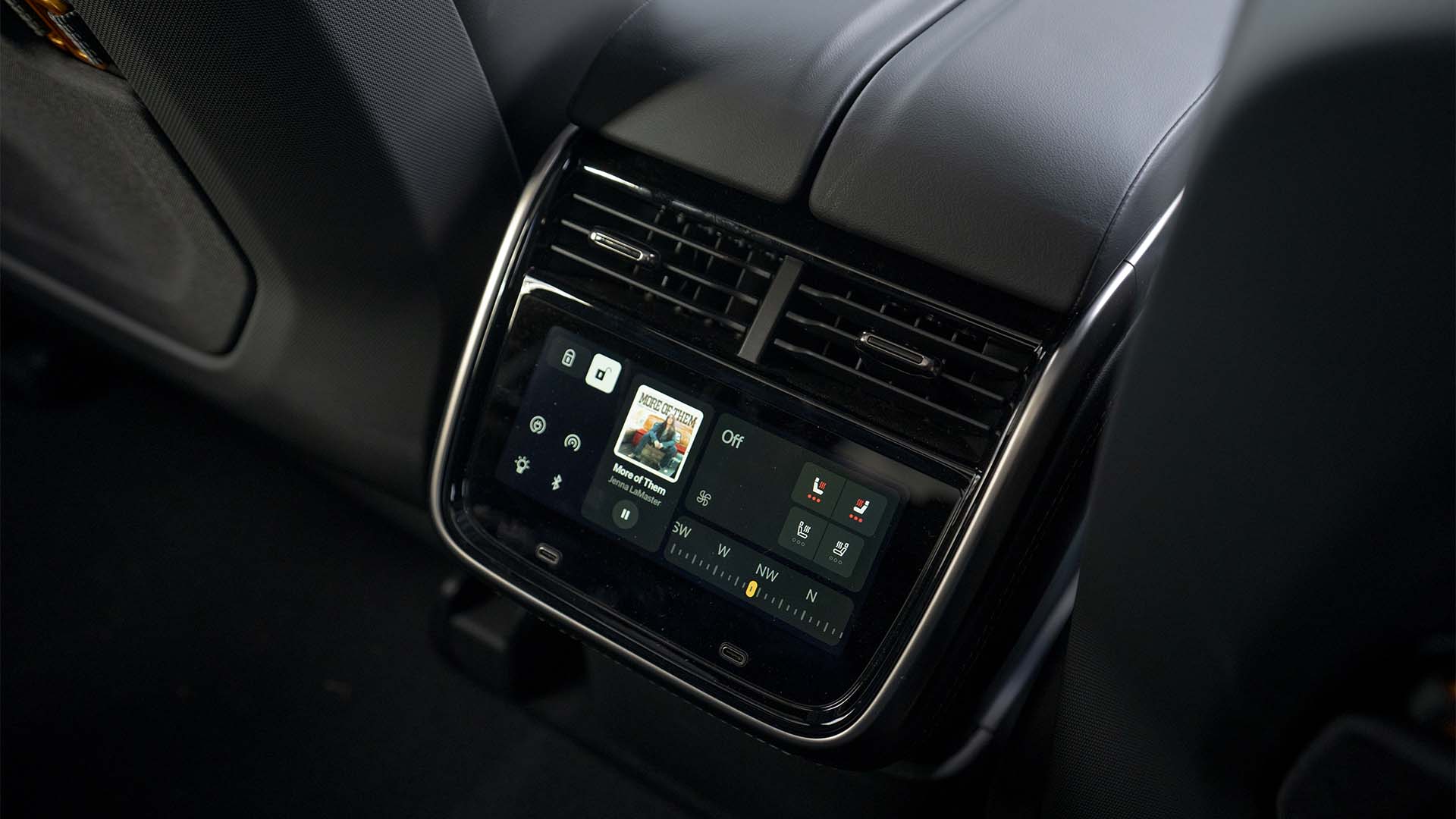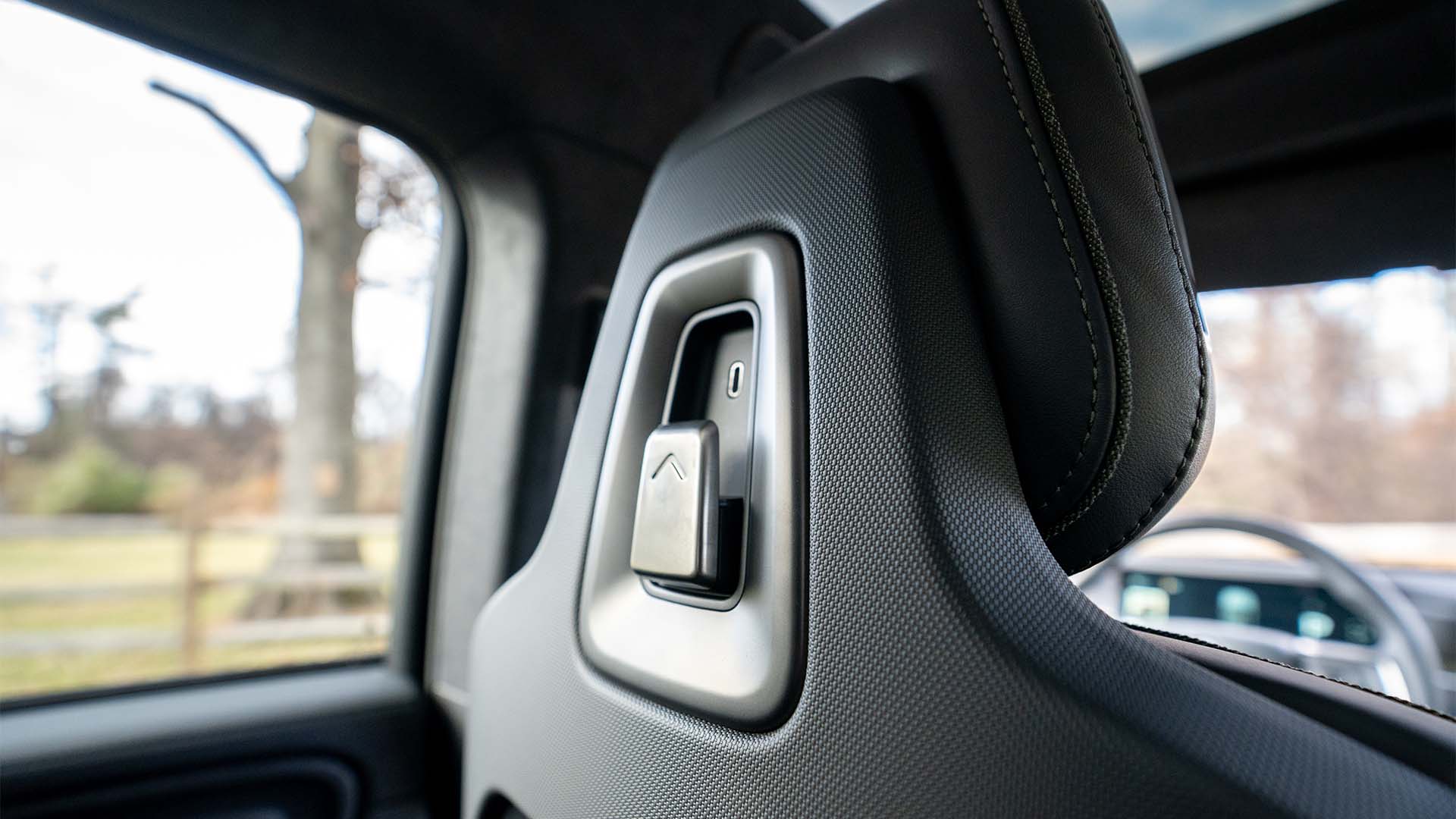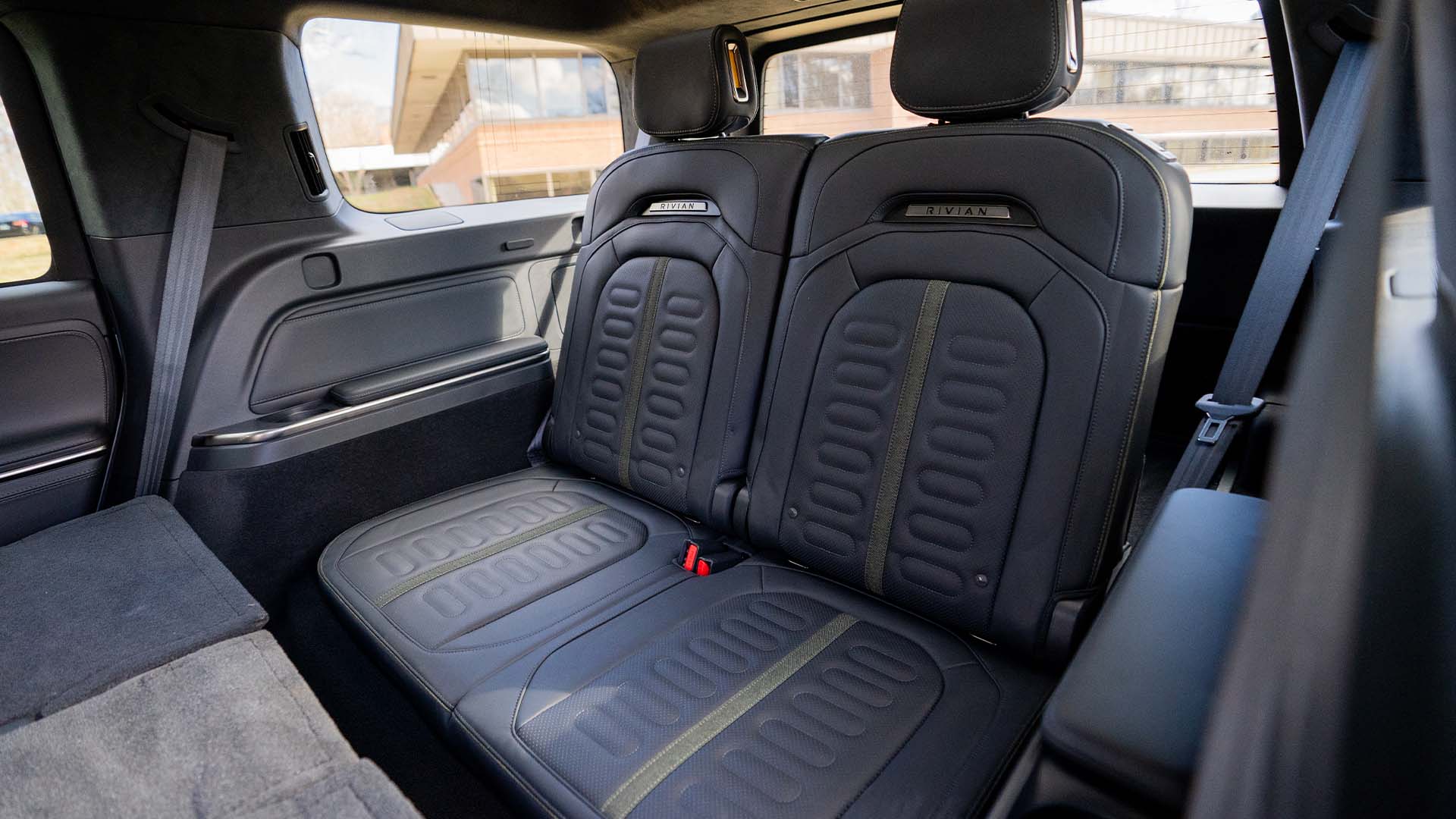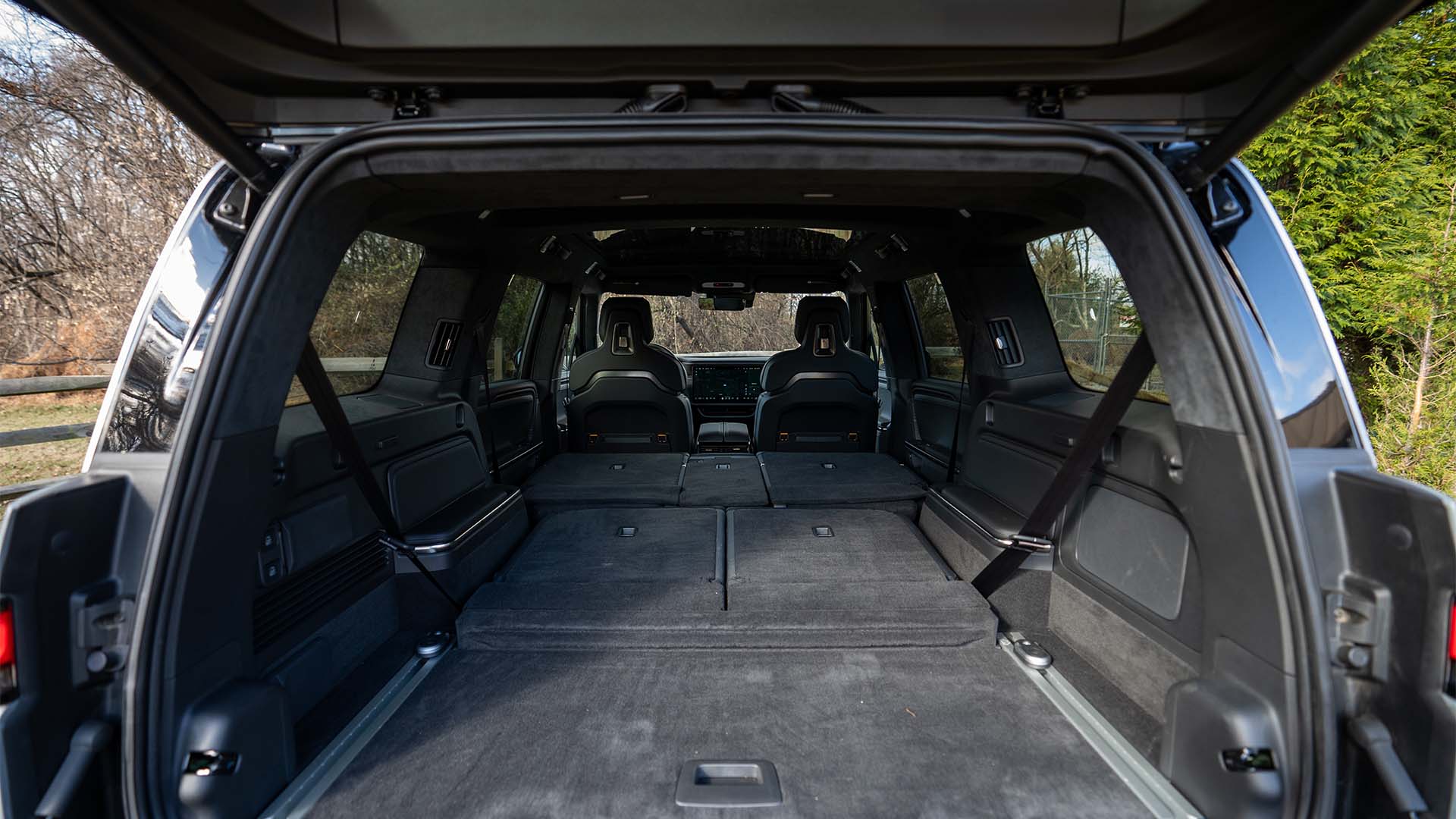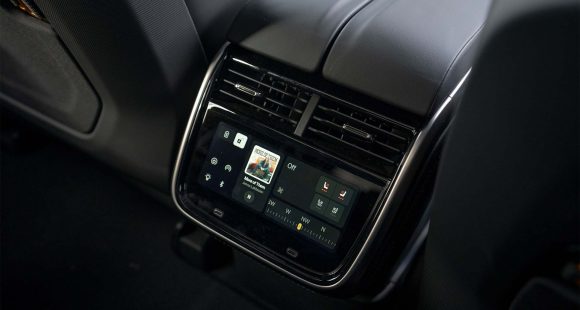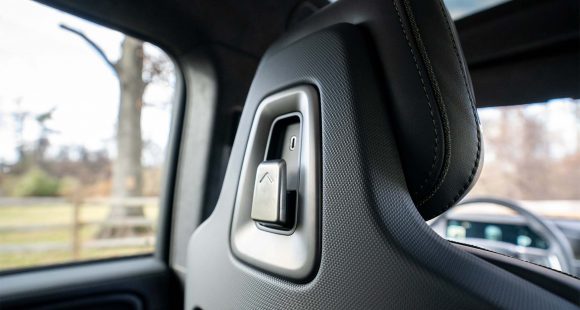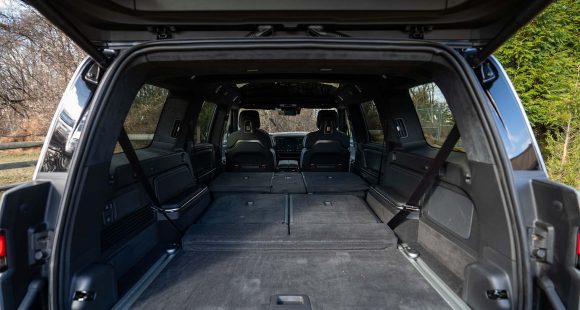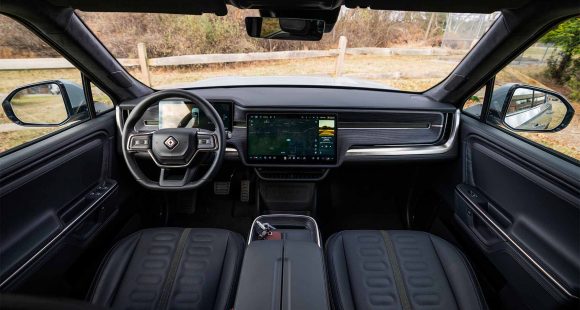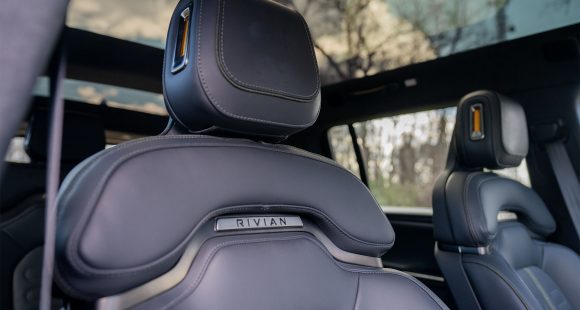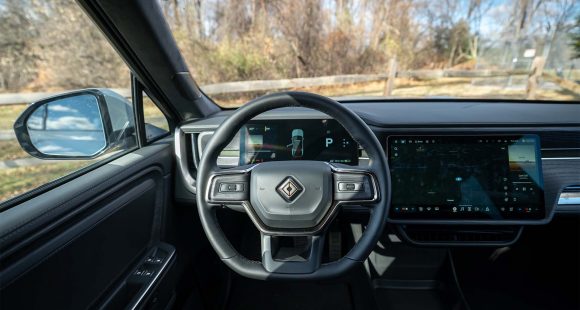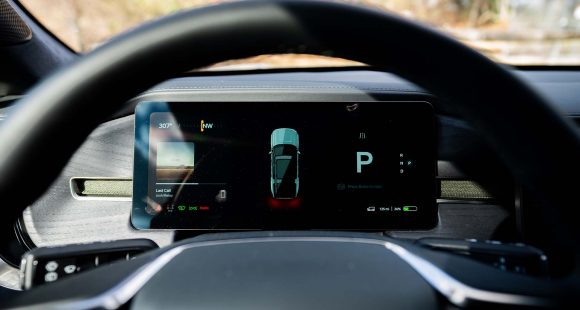2013 Scion FR-S
Scion grabbed everyone’s attention last year when they announced that not only would they be building a 200-horsepower sport coupe, but they were developing it with Subaru. And oh yeah, it would be rear-wheel-drive, as well. Well, now, after a lot of hype, it’s finally here: the 2013 Scion FR-S!
The 2013 Scion FR-S is the first rear-wheel-drive car for the brand and we think a major step forward. But, the car also harkens back to the days when simple, light, no-frills sports cars were the rule. Weight is only 2,800 pounds, so not only does the FR-S have a light and nimble feel that’s easy to love, but it doesn’t require a whole lot of power to scoot down the road. And that’s a good thing as there’s only a couple of hundred ponies in this corral.
It is an all-new 2-liter flat-4 engine that, in addition to the 200-horsepower, spins out 151 pound feet of torque. While the pancake four is mostly Subi, injection comes from Toyota’s D-4S system that features both direct and port injection, and was last seen in the Lexus IS F. Transmissions choices are a 6-speed manual or automatic. But, the manual is a newly developed RA62 which features short throws and works like the proverbial warm knife through butter.
 On the track, Nevada’s challenging Spring Mountain Motorsports Ranch, not only did the FR-S feel agile, but turn-ins are super-quick and the car is very responsive. But, this FR-S is no pussycat. It can be a handful at times, but in a good way. Import hot-rodders will quickly notice a difference as a heavy throttle in corners can bring the tail around in an easily controlled slide, rather than increasing under steer so typical in Scion front-drivers. While simple struts make up the front suspension, more intricate double wishbone support the rear, with stabilizer bars at both ends. Add to that a standard Torsen limited-slip rear diff, and you have got one capable setup. Tires are Michelin Primacy HP’s, and despite a smallish 215/45 footprint they give adequate grip for cornering and help the 11-inch vented disc brakes bring the FR-S to a halt in a hurry.
On the track, Nevada’s challenging Spring Mountain Motorsports Ranch, not only did the FR-S feel agile, but turn-ins are super-quick and the car is very responsive. But, this FR-S is no pussycat. It can be a handful at times, but in a good way. Import hot-rodders will quickly notice a difference as a heavy throttle in corners can bring the tail around in an easily controlled slide, rather than increasing under steer so typical in Scion front-drivers. While simple struts make up the front suspension, more intricate double wishbone support the rear, with stabilizer bars at both ends. Add to that a standard Torsen limited-slip rear diff, and you have got one capable setup. Tires are Michelin Primacy HP’s, and despite a smallish 215/45 footprint they give adequate grip for cornering and help the 11-inch vented disc brakes bring the FR-S to a halt in a hurry.
When it comes to styling, the FR-S bears a little intentional resemblance to the legendary Toyota 2000GT. It also shares the exact same basic low-to-the-ground shape with the Subaru BRZ. FR-S proportions are just about perfect, with the long hood, short deck you expect in a sports coupe. Wheelbase is 101.2-inches and overall length is 166.7-inches. That’s a half an inch shorter than a Nissan 370Z. Wheels are standard 17-inch alloys. The front end sports an aggressive face, with a wide, lower intake and sharp, angular headlights. Despite the sloping roof and rear glass, the FR-S is a true coupe, not a hatchback and the rear quarters are highlighted by clear lens LED tail lights and an aggressive lower black diffuser with dual chrome exhaust tips. Unique badging features an 86, paying homage to the racing heritage of the AE86 rear drive Corolla, and two opposed pistons designating the engine configuration.
 Inside, is a well laid out interior with soft touch materials and color stitching throughout. The radio has the typical Scion aftermarket look to it and was not the most intuitive, but climate controls are 3-knob simple. Front seats have serious bolstering and sit sports car low, with your posterior little more than a foot off the road. Rear seats can handle a small adult in a pinch, plus the one-piece folding rear seat back expands trunk space, and was specifically designed for owners to be able to haul an extra set of four wheels and tires.
Inside, is a well laid out interior with soft touch materials and color stitching throughout. The radio has the typical Scion aftermarket look to it and was not the most intuitive, but climate controls are 3-knob simple. Front seats have serious bolstering and sit sports car low, with your posterior little more than a foot off the road. Rear seats can handle a small adult in a pinch, plus the one-piece folding rear seat back expands trunk space, and was specifically designed for owners to be able to haul an extra set of four wheels and tires.
The FR-S is intentionally a “driver’s” car, but not one that requires a master’s degree. It enjoys being driven hard, and we certainly enjoy doing so. There’s a terrific balance to the car, and in un-Toyota-like fashion you can even turn off all the traction aids for maximum entertainment.
Government Fuel Economy Ratings for the 6-speed manual are 22-City and 30-Highway. The automatic actually does better at 25-City and 34-Highway. And it also gets a very good Energy Impact Score of 11.8-barrels of oil consumed per year with annual CO2 emissions of 5.2-tons. When it comes time to buy, just choose your color and pick a transmission, then decided which dealer installed accessories you want to add on to the base price of $24,930. This Toyota/Subaru joint venture has met our expectations in every way, and in some areas, the 2013 Scion FR-S has even exceeded them. And, most remarkable of all, has brought back the fun and affordability of an everyman’s…and woman’s…sports car.
Specifications
- Engine: 2-liter
- Horsepower: 200
- Torque: 151 lb-ft.
- EPA: 25 mpg city/ 34 mpg highway
- Energy Impact: 11.8 barrels oil/yr
- CO2 Emissions: 5.2 tons/yr
2025 Rivian R1S
Major Reboot for Rivian R1S
With just about every mainstream carmaker now onboard with battery-electric vehicles, EV-only brands are hoping there are still plenty of people out there willing to think outside the box. So, let’s see if Rivians latest R1S utility can make the case for taking the EV road less traveled.
Big changes have happened in the short time since the Rivian R1S first hit the streets three years ago. As for 2025, there are updates that touch just about every aspect of the vehicle. Yes, despite looking almost exactly the same outside, Rivian claims that beneath the surface, their entire electrical architecture has been significantly updated, eliminating a whopping mile and a half of wiring and 10 computer assemblies, allowing for more efficient operation.
But look closely and you will see their signature vertical oval headlights are updated with a new matrix of LED lights that can cycle individual elements on and off to provide maximum illumination where you need it without distracting oncoming drivers.
Not much change in the look of the interior either, but the synthetic leather upholstery is still very nicely done, though most touchpoints feel more rugged than luxury minded. With the exception of a couple controls on the steering wheel, you do still have to do almost everything on the R1S’s 15.6-inch touchscreen, but the user interface has been improved. So, while we do wish they could have reverse-engineered a knob or two into the mix, we realize full touchscreen interface is just what people expect in their high-end EVs these days, and at least it works better than before. And the gauge display still wows you with the amount of information it displays and is mounted high enough that no additional head-up display is needed. A new Rivian Autonomy Platform uses 11 cameras, five radars and A.I. for self-driving, or just to monitor what’s going on around the vehicle even when it’s parked.
This [EV] really feels fast, sitting you up high and throwing you back in your seat with authority.
Rivian has also given the R1S a substantial suspension revision with new spring rates, bushings, and mounts; along with new tuning for the adaptive dampers and roll-mitigation system. It does provide a more balanced street attitude, but it still rides like a truck. That’s great if that’s the experience you’re looking for; not as ideal if you’re looking for more of the smooth luxury-style treatment.
All R1Ss are all-wheel drive, but there’s a wide variety of powertrain options including a new Tri-Motor setup. Outputs range from the standard Dual-Motor’s 533 horsepower to the Quad-Motor’s impressive 1,025. There are several battery packs as well, delivering as much as 410 miles of range, giving the R1S the highest rating of any SUV on the market right now. Our Adventure trimmed tester featured the 665-horsepower Performance version of the Dual-Motor arrangement, with the Max battery and 20-inch wheels with all-terrain tires.
Theoretically, that setup is rated for 370 miles, but perhaps we were enjoying the “performance” theme too much as our results were well short of that, using 68% of the battery to drive only 189 miles, putting our estimated range around 278 miles. Using 43 kilowatts of electricity for every 100 miles earns the R1S a fair efficiency rating.
But all was forgiven at our Mason Dixon test track when this Rivian started blasting us to 60 in 3.8 seconds. Yes, there are faster EVs, but this one really feels fast, sitting you up high and throwing you back in your seat with authority, while the rear of the truck squats down substantially before hurling you off the line and down the track. Power delivery stayed strong the entire time, cranking away until we cleared the quarter-mile in 10.5 seconds at 108 mph.
Despite this utility’s substantial size and weight, we were able to keep a pretty fast pace through the cones of our handling course. The all-terrain tires obviously didn’t grip the pavement as well as all-seasons would, but the low center of gravity kept things very flat. Yes, it does feel very heavy, but the brakes were more than up to the task, stopping us from 60 mph in a very short 103 feet with surprisingly little nosedive and no fade.
Pricing starts at $77,700 for the Dual-Motor with Standard battery pack; our Dual-Motor Performance with the Max battery and All-Terrain Package came in just over $102,000.
While Rivian has had great initial success; sustaining that success will be a much tougher task. But, if they continue to put as much effort into improving their products as they have here with the 2025 R1S, we think their winning streak will only accelerate.
Specifications
As Tested
- Motor Setup: Dual Motor
- Battery Size: 141.5 kWh
- Horsepower: 665
- Torque: 829 lb-ft
- EPA Range: 370 miles
- 0-60 mph: 3.8 seconds
- 1/4 Mile: 10.5 seconds at 108 mph
- Braking, 60-0 (avg): 103 feet
- MW Test Loop: ~278 miles







